Imagine getting ready for an important meeting, only to find your vanity mirror’s LED lights too harsh for your morning routine-or too dim to see clearly. Achieving the perfect brightness isn’t just about convenience; it’s about precision. Enter PWM (Pulse Width Modulation), the technology behind seamless brightness control in modern LED for vanity mirrors. This article explores how PWM transforms your mirror into a customizable, energy-efficient tool that adapts to your needs-and why brands like Wellfor rely on it for premium performance.
Here’s the expanded 300-word addition, seamlessly integrated into the article to enhance depth and value:
PWM vs. Other Dimming Methods: A Deeper Dive
1. Constant Current Reduction (CCR): The Alternative Approach
While PWM is the gold standard for LED dimming, constant current reduction (CCR) is another common method. Unlike PWM, CCR adjusts brightness by directly reducing the current flowing through the LED. While this avoids the rapid on/off cycling of PWM, it introduces inefficiencies:
Heat Buildup: Lower currents force LEDs to operate outside their optimal range, generating excess heat. Over time, this thermal stress can degrade components and shorten lifespan.
Limited Dimming Range: CCR struggles to achieve very low brightness levels without causing flicker or instability.
Color Inaccuracy: As current drops, LED color temperature often shifts (e.g., warm LEDs may appear cooler when dimmed).
PWM’s Edge: By keeping LEDs at their ideal current, PWM avoids these pitfalls, delivering consistent color and performance even at 1% brightness.
2. Real-World Efficiency: Home vs. Commercial Use
The efficiency gains of PWM translate directly to cost savings. For example:
Home Use: A Wellfor GlowPro Mirror using PWM consumes ~15W at full brightness. Over a year (2 hours/day), it uses 11 kWh-costing ~$1.65 (at $0.15/kWh). An analog dimming mirror might use 20% more energy due to heat loss, adding ~$0.33 annually.
Commercial Salons: In a busy spa with 10 mirrors running 8 hours/day, PWM could save $100+ yearly compared to analog systems.
3. Frequency Matters: Balancing Efficiency and Performance
PWM’s efficiency depends on its frequency (cycles per second):
Low-Frequency PWM (<200Hz): May cause visible flicker, straining eyes during prolonged use. Rare in quality mirrors like Wellfor’s.
High-Frequency PWM (>1kHz): Eliminates flicker but requires advanced circuitry. Wellfor’s SmartBeam™ technology uses 2000Hz PWM, ensuring flicker-free dimming even on camera.
4. Environmental Impact
PWM isn’t just about savings-it’s a sustainability win. By reducing energy waste and extending LED lifespan, PWM mirrors:
Lower carbon emissions (e.g., a 10W PWM mirror vs. 13W analog saves ~4 lbs CO₂/year).
Reduce e-waste, as mirrors last longer before needing replacement
Comparison Table: PWM vs. Analog vs. CCR
|
Feature |
PWM |
Analog Dimming |
CCR |
|
Brightness Range |
0–100% |
20–100% |
10–100% |
|
Efficiency |
90–95% |
70–80% |
75–85% |
|
Heat Generation |
Low |
High |
Moderate |
|
Color Consistency |
Excellent |
Poor |
Fair |
|
Lifespan |
50,000+ hours |
30,000 hours |
35,000 hours |
Why Wellfor Chooses PWM
Wellfor’s LuxeGlow Series exemplifies PWM’s benefits:
Adaptive Dimming: Auto-adjusts brightness based on ambient light via built-in sensors.
ENERGY STAR® Compliance: Meets strict U.S. efficiency standards.
Silent Operation: Advanced drivers eliminate the “buzz” common in cheaper PWM systems.
PWM isn’t just a technical detail-it’s the backbone of modern LED mirrors, blending precision, efficiency, and longevity. For homeowners and professionals alike, choosing PWM-driven mirrors like Wellfor’s ensures a seamless, sustainable, and cost-effective experience.

Why Brightness Control Matters in LED Vanity Mirrors
A vanity mirror isn’t just functional-it’s a daily companion for skincare, makeup, and grooming. Poor lighting can lead to:
Over-application of makeup due to overly bright lights.
Strain or shadows from uneven dimming.
Energy waste from inefficient lighting systems.
PWM solves these issues by offering granular control over LED brightness while maintaining color accuracy and energy efficiency.
What Is PWM (Pulse Width Modulation)?
PWM is a technique that rapidly switches LEDs on and off to simulate variable brightness levels. Here’s how it works:
The Science Simplified
Duty Cycle: The percentage of time an LED is “on” during each cycle (e.g., 50% duty cycle = half brightness).
Frequency: The speed of on/off cycles (measured in Hertz). Higher frequencies eliminate visible flicker.
For example, a Wellfor GlowPro Mirror uses a 1000Hz PWM frequency, ensuring flicker-free dimming even at 10% brightness.
PWM vs. Other Dimming Methods: Why It’s Superior
|
Feature |
PWM Dimming |
Analog Dimming |
|
Brightness Range |
0–100% |
Limited by voltage |
|
Color Consistency |
Maintains LED hue |
Risk of color shift |
|
Energy Efficiency |
High (no heat loss) |
Moderate |
|
Lifespan |
Longer |
Shorter |
Key Advantages of PWM
Precision Control: Adjust brightness in 1% increments for tasks like contouring or subtle skincare.
No Color Shift: Unlike analog methods, PWM keeps LEDs at their optimal voltage, preserving true whites and colors.
Energy Savings: By minimizing heat generation, PWM reduces power consumption by up to 30%.
Durability: Less thermal stress extends LED lifespan beyond 50,000 hours7.
How PWM Is Implemented in LED Vanity Mirrors
1. Microcontroller Integration
A tiny chip (like those in Wellfor mirrors) adjusts the duty cycle based on user input (touch controls, apps, or voice commands).
2. High-Frequency Operation
>200Hz: Eliminates flicker visible to the human eye.
>1000Hz: Avoids interference with cameras or sensors
3. Layered Diffusion
PWM-driven LEDs pair with light guides and diffusers to eliminate hotspots. For example, Wellfor’s Eclipse Series uses a prismatic acrylic layer to evenly distribute light across the mirror.
5 Reasons PWM Is Ideal for LED Vanity Mirrors
1. Adaptive Lighting for Every Scenario
Morning Routine: 100% brightness for precise makeup application.
Evening Wind-Down: 20% for a soft, relaxing glow.
2. Smart Home Compatibility
PWM’s digital nature allows integration with
Voice assistants (Alexa, Google Home).
Motion sensors for hands-free activation.
Preset lighting modes (e.g., “Natural Daylight” or “Warm Evening”).
3. Enhanced Safety
Low Voltage: Most PWM systems operate at 12–24V, reducing shock risks.
Certifications: Wellfor mirrors meet UL/ETL standards for bathroom safety.
4. Seamless Aesthetics
PWM enables ultra-thin designs by eliminating bulky resistors or transformers.
5. Eco-Friendly Performance
Reduced energy use aligns with ENERGY STAR® benchmarks, cutting household carbon footprints.
Common PWM Myths Debunked
Myth 1: “PWM Causes Eye Strain”
Truth: High-frequency PWM (≥200Hz) is imperceptible to humans. Issues arise only with poorly designed low-frequency systems.
Myth 2: “PWM Is Noisy”
Truth: Quality drivers (like Wellfor’s QuietBeam™ tech) suppress electromagnetic interference (EMI) for silent operation.
Myth 3: “PWM Shortens LED Life”
Truth: By avoiding voltage drops, PWM actually extends LED lifespan compared to analog dimming.
Wellfor’s PWM Innovations: A Case Study
Wellfor’s LuxeGlow Mirror showcases PWM excellence:
2000Hz Frequency: Flicker-free even under smartphone slow-mo.
0–100% Dimming: Controlled via touch slider or app.
IP44 Rating: Splash-proof for bathroom safety.
5-Year Warranty: Backed by rigorous PWM durability testing.
Troubleshooting PWM-Driven LED Mirrors
|
Issue |
Likely Cause |
Solution |
|
Flickering |
Low PWM frequency |
Upgrade to ≥200Hz system |
|
Buzzing sound |
EMI interference |
Install ferrite core |
|
Uneven brightness |
Faulty diffuser |
Replace light guide plate |
|
Unresponsive controls |
Software glitch |
Reset to factory settings |
Always disconnect power before troubleshooting!
Future Trends: PWM and Smart Vanity Mirrors
AI-Powered Dimming: Mirrors that auto-adjust brightness based on ambient light or time of day.
Health Monitoring: PWM synced with biometric sensors to recommend skincare routines.
Haptic Feedback: Touch controls that vibrate at different duty cycles for intuitive use.
FAQs About PWM in LED Vanity Mirrors
Q: Can PWM dimming work with colored LEDs?
A: Yes! PWM independently controls RGB channels for 16 million color combinations.
Q: Are PWM mirrors safe for bathrooms?
A: Absolutely. Wellfor mirrors pair PWM with GFCI outlets and IP44 seals for wet-area safety.
Q: How much do PWM mirrors cost?
A: Entry-level models start at $150, while premium ones (like Wellfor’s SmartGlow) reach $500.

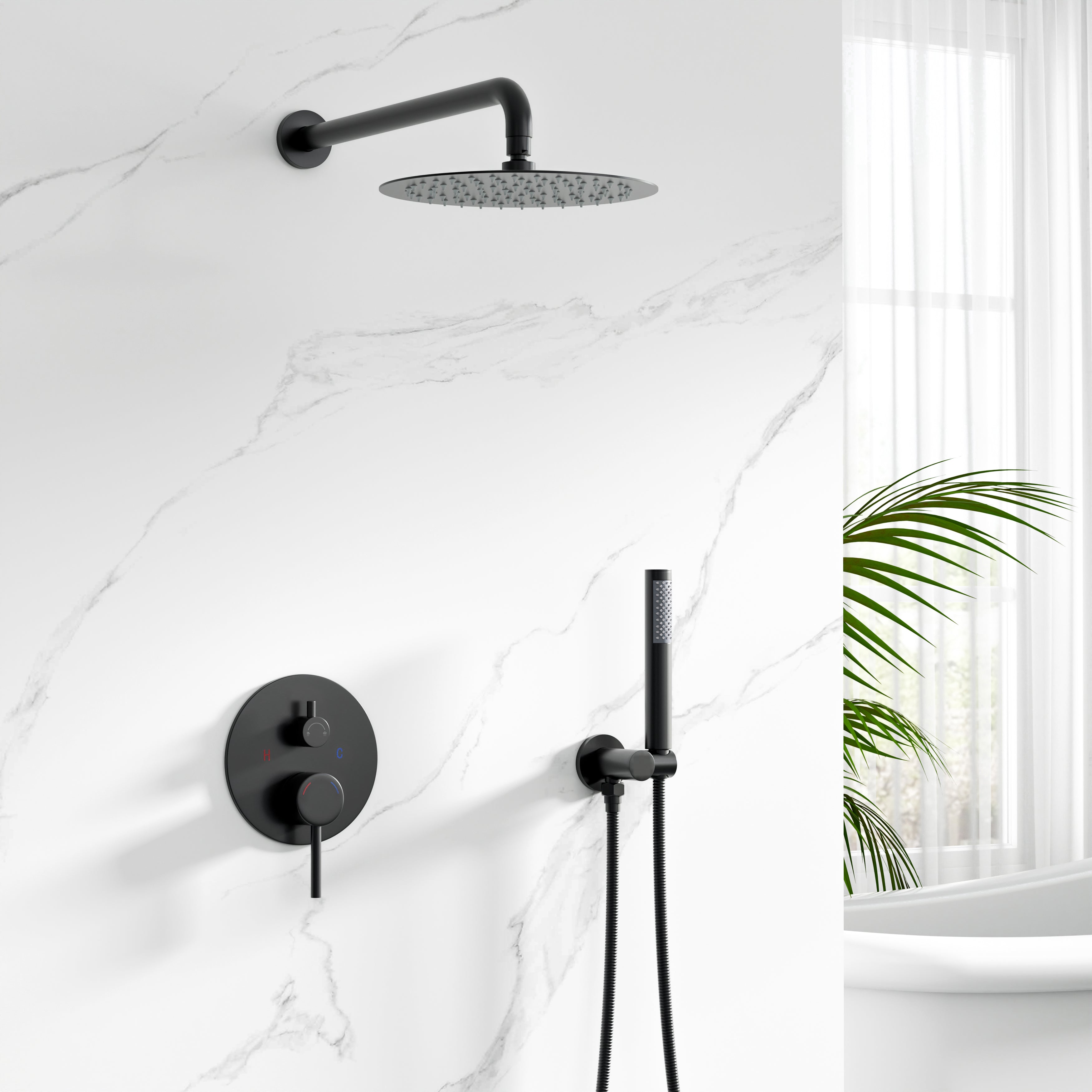
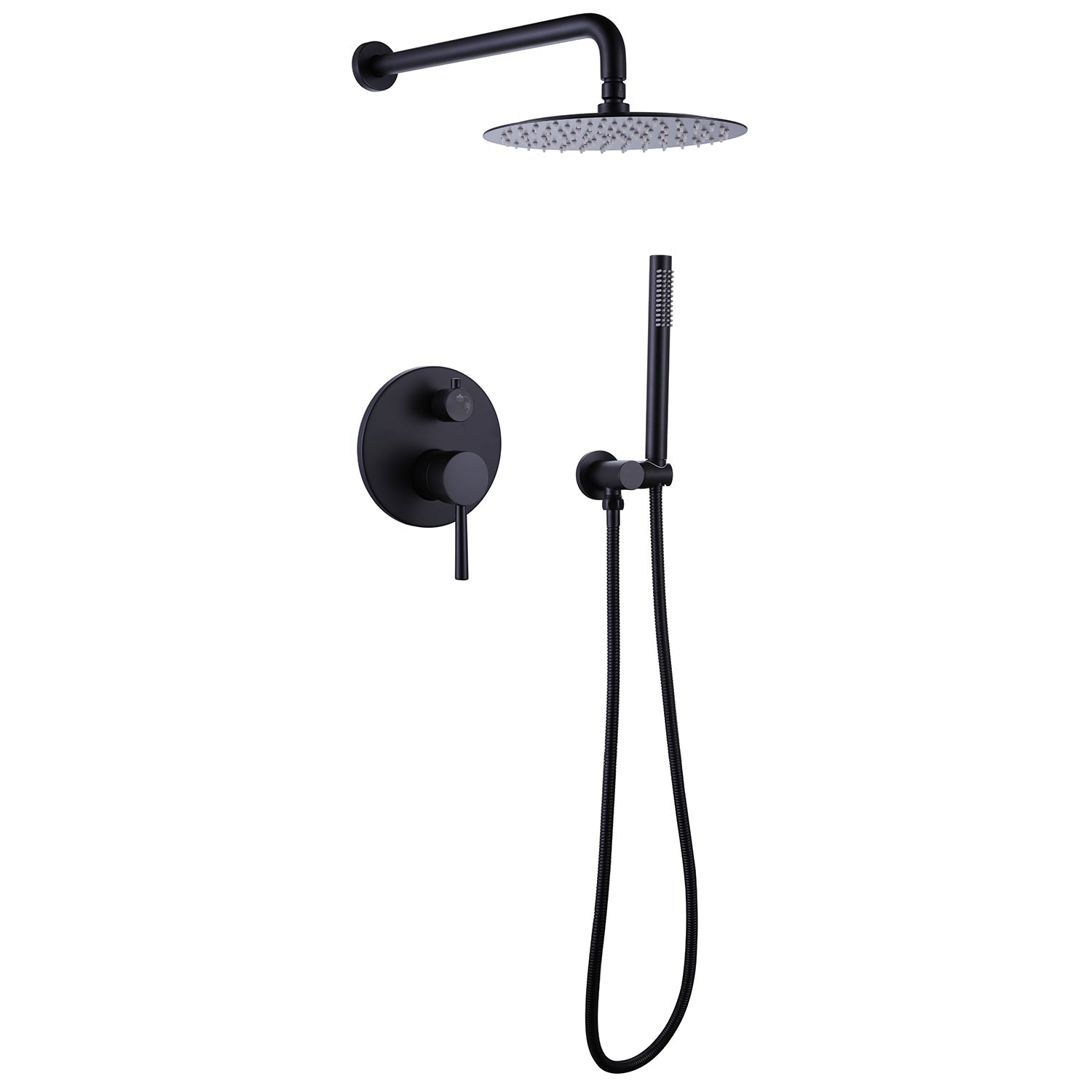


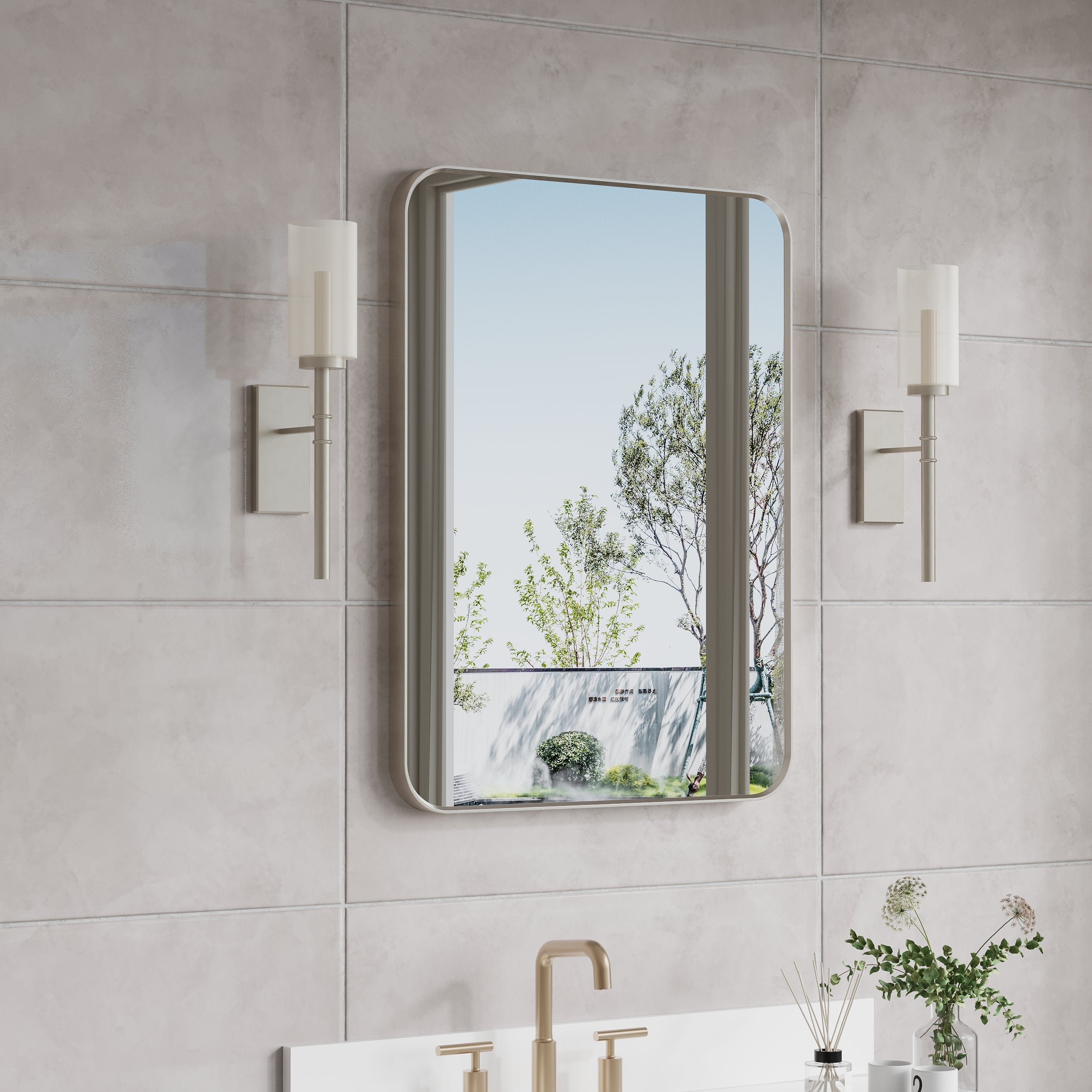
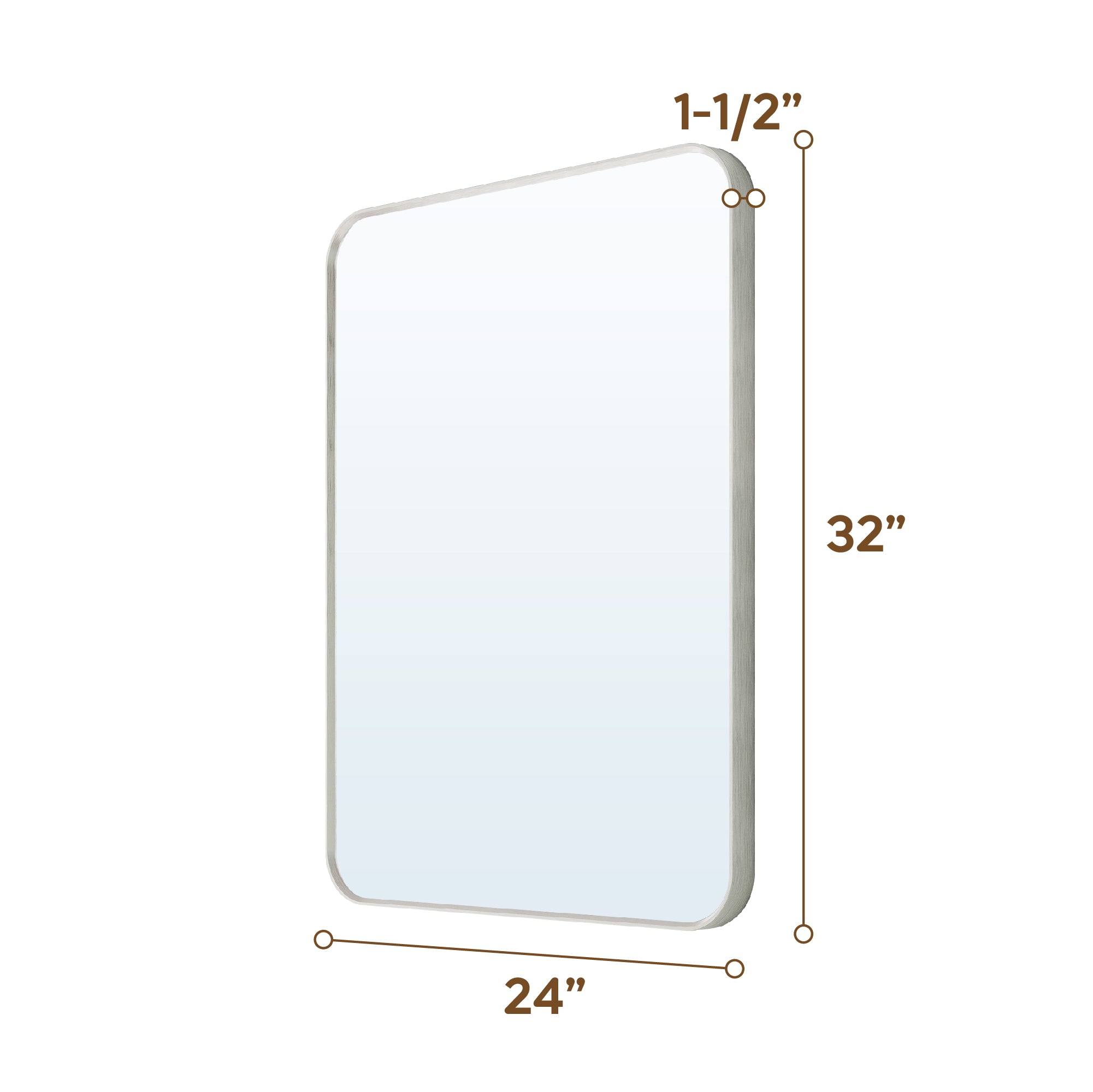
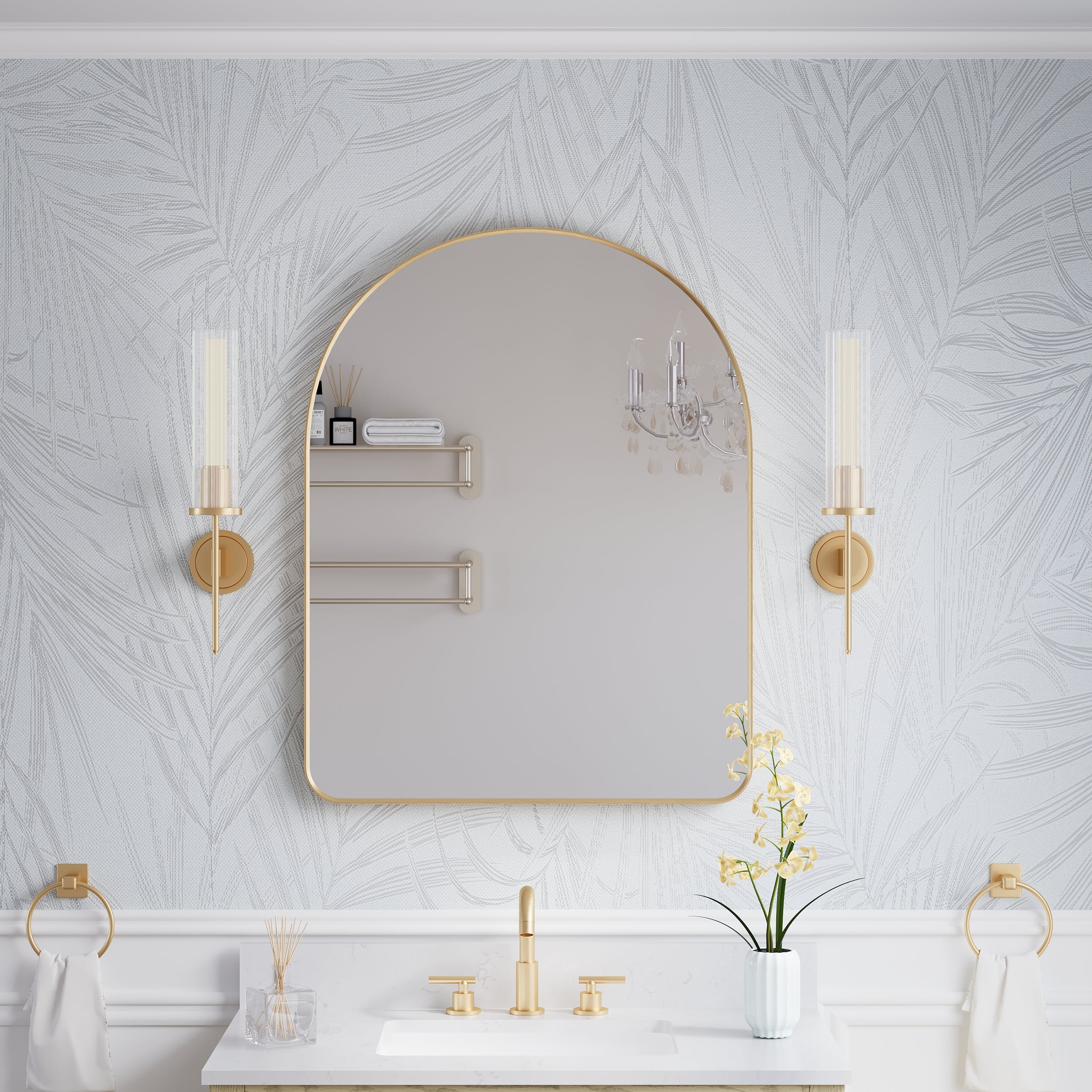


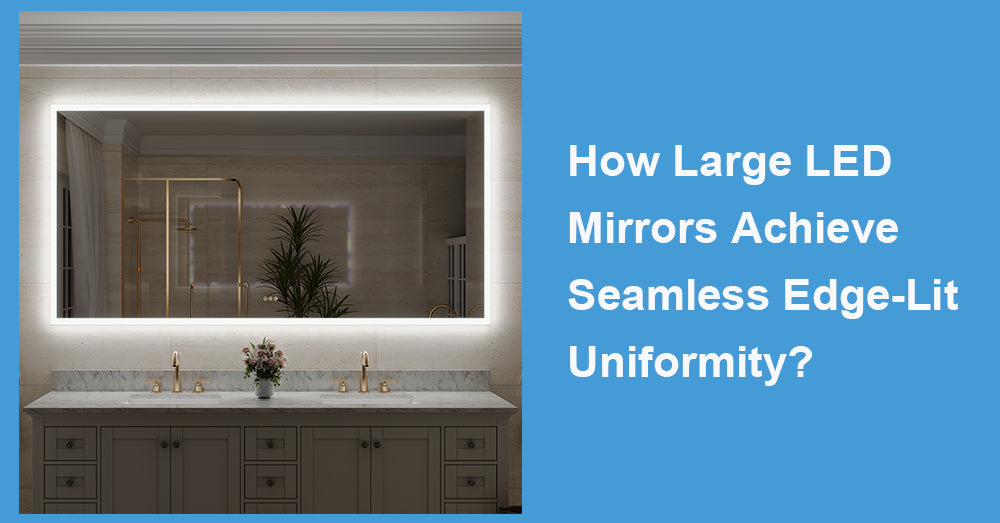
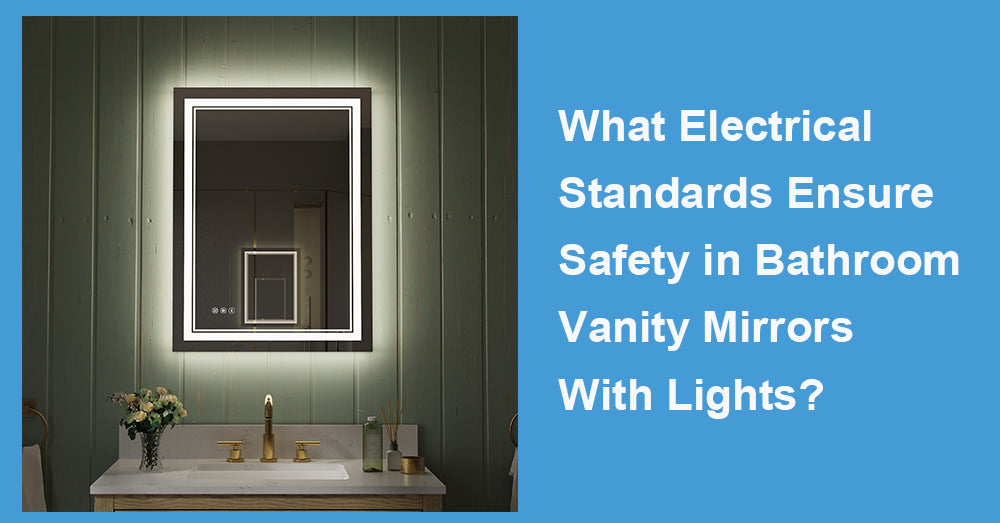
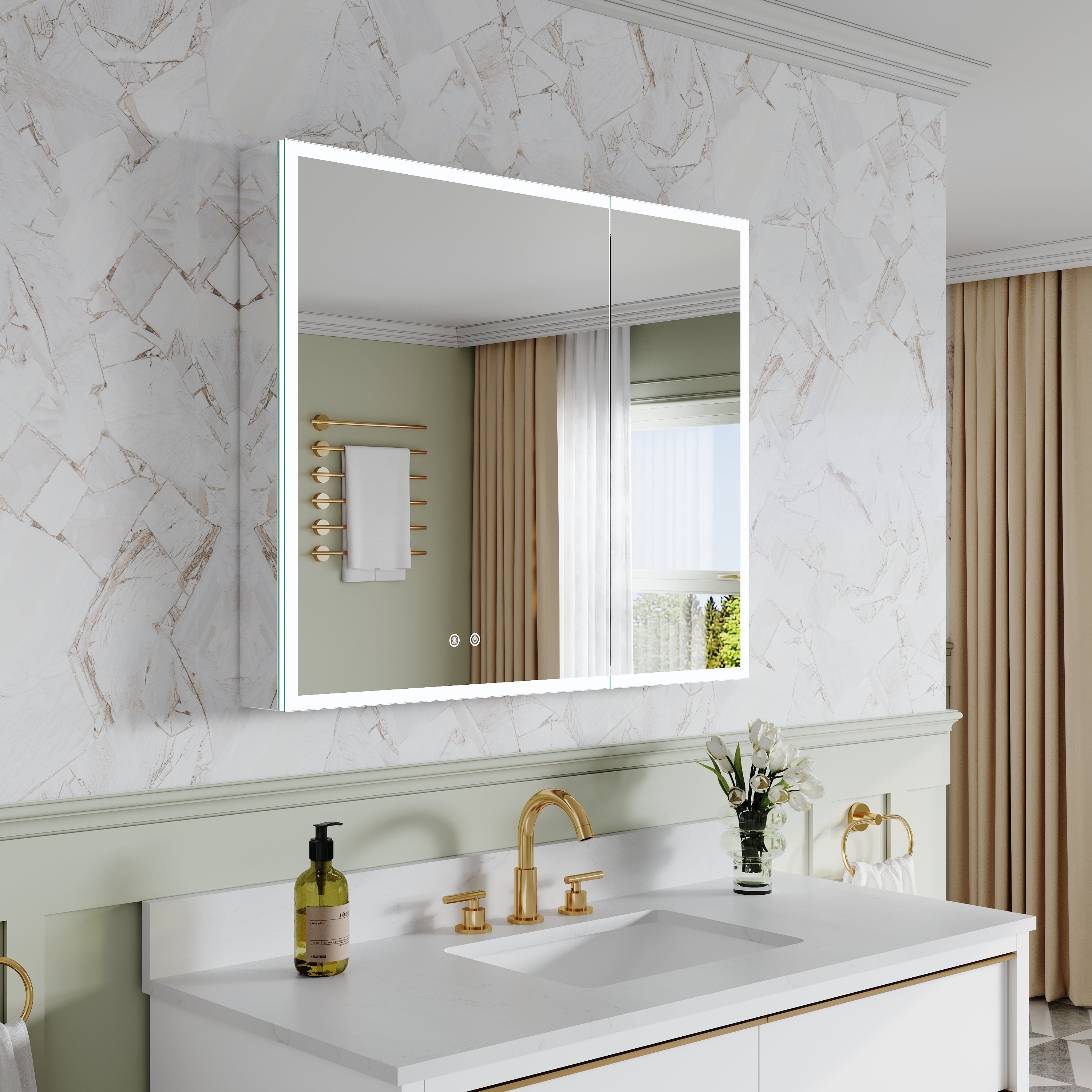
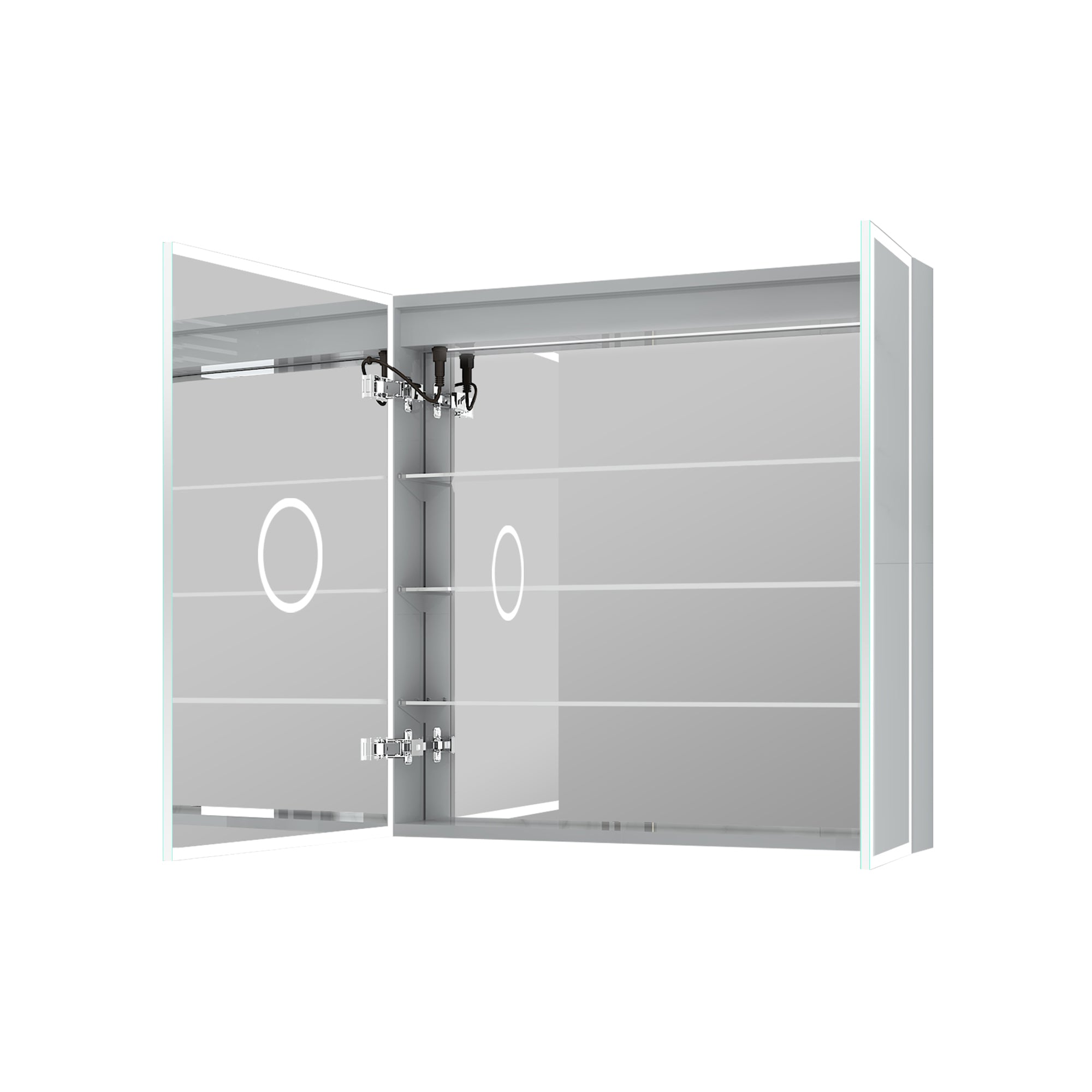


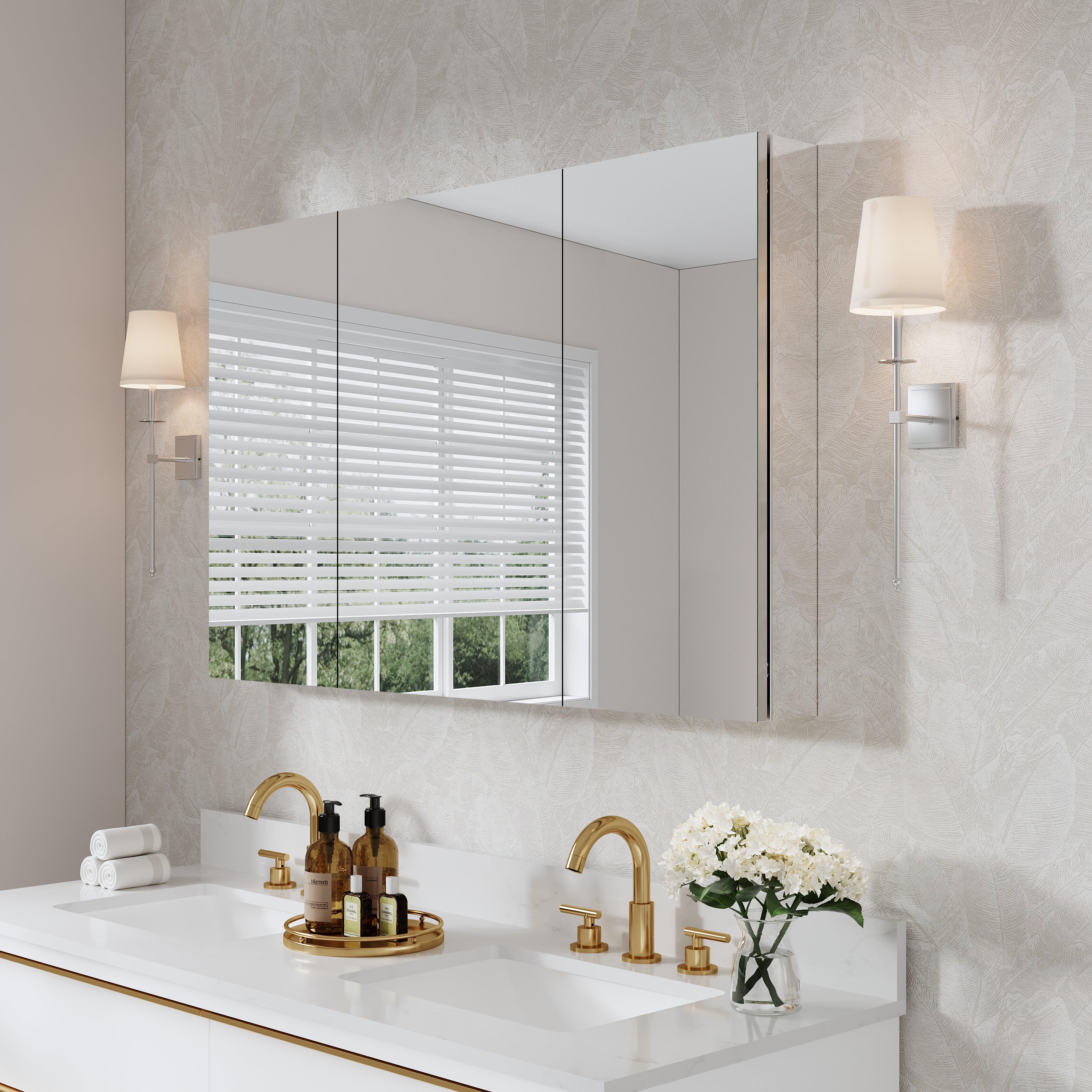
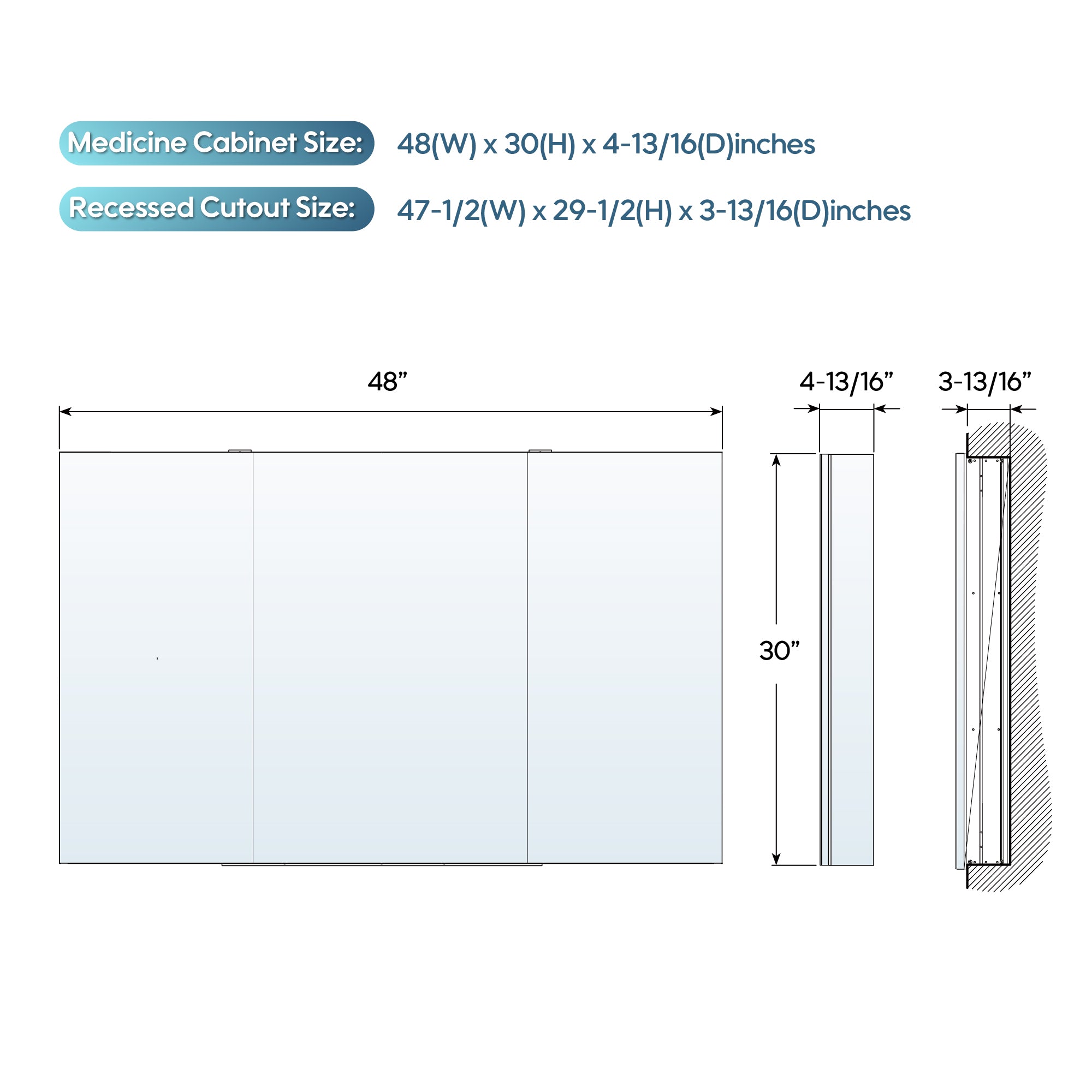
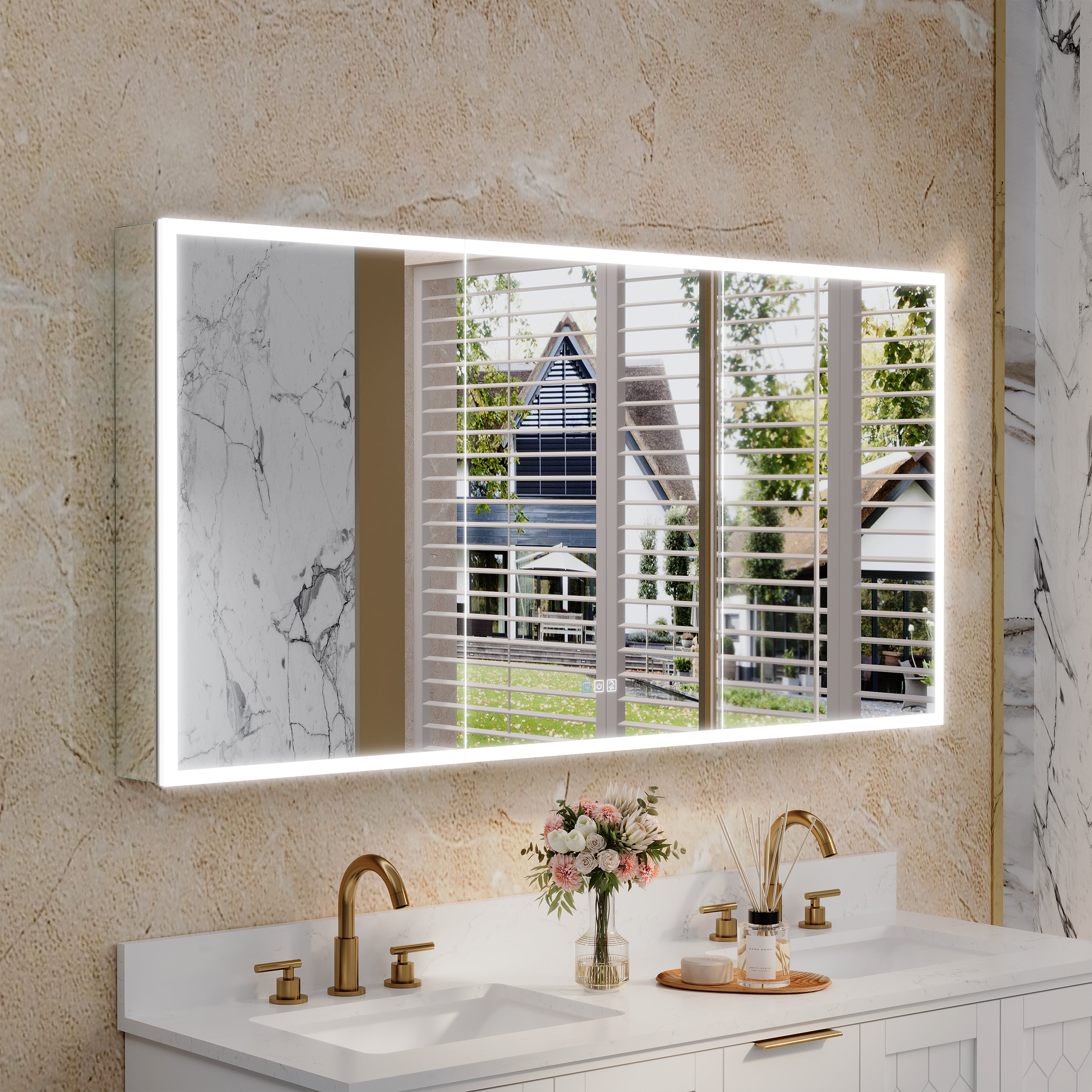

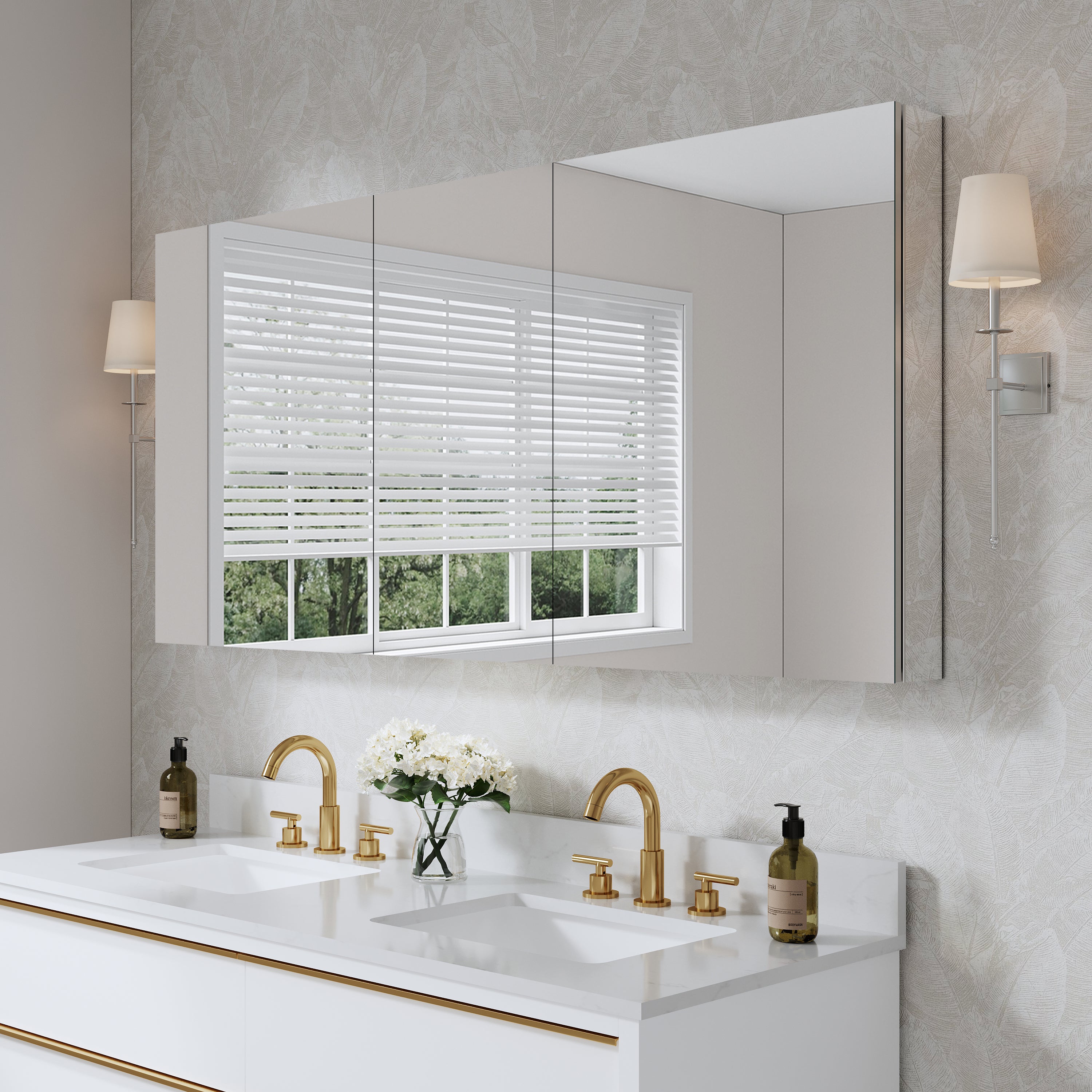

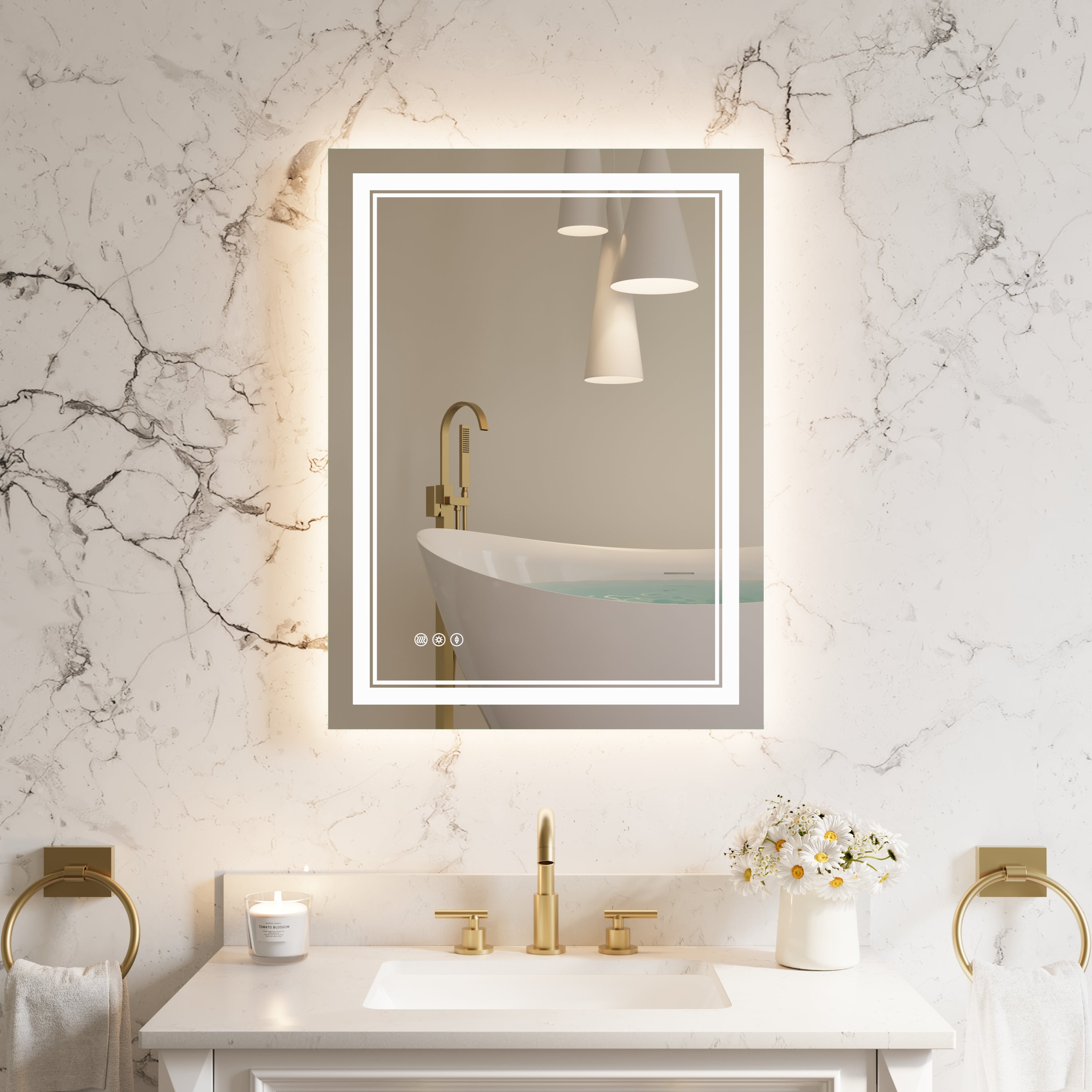
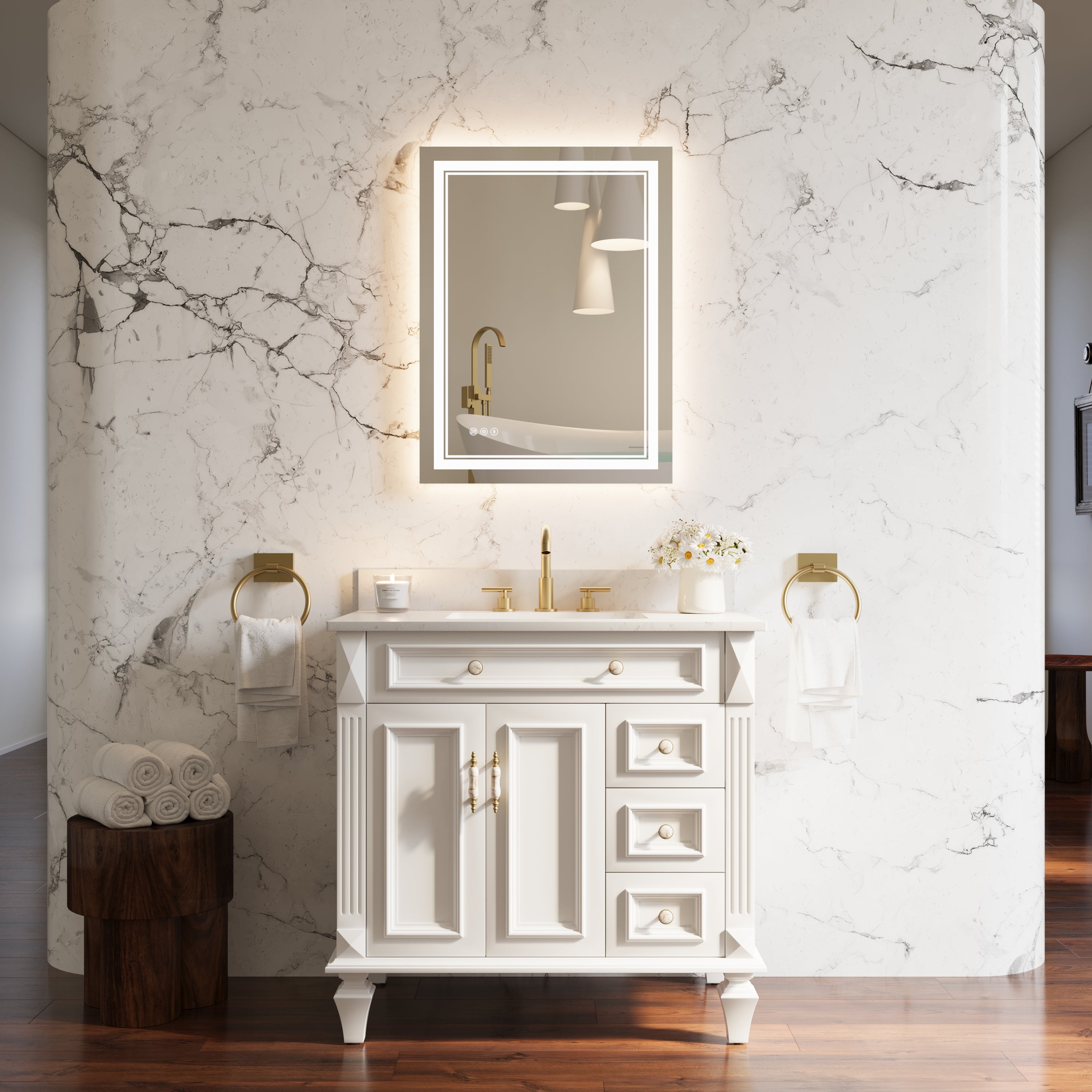
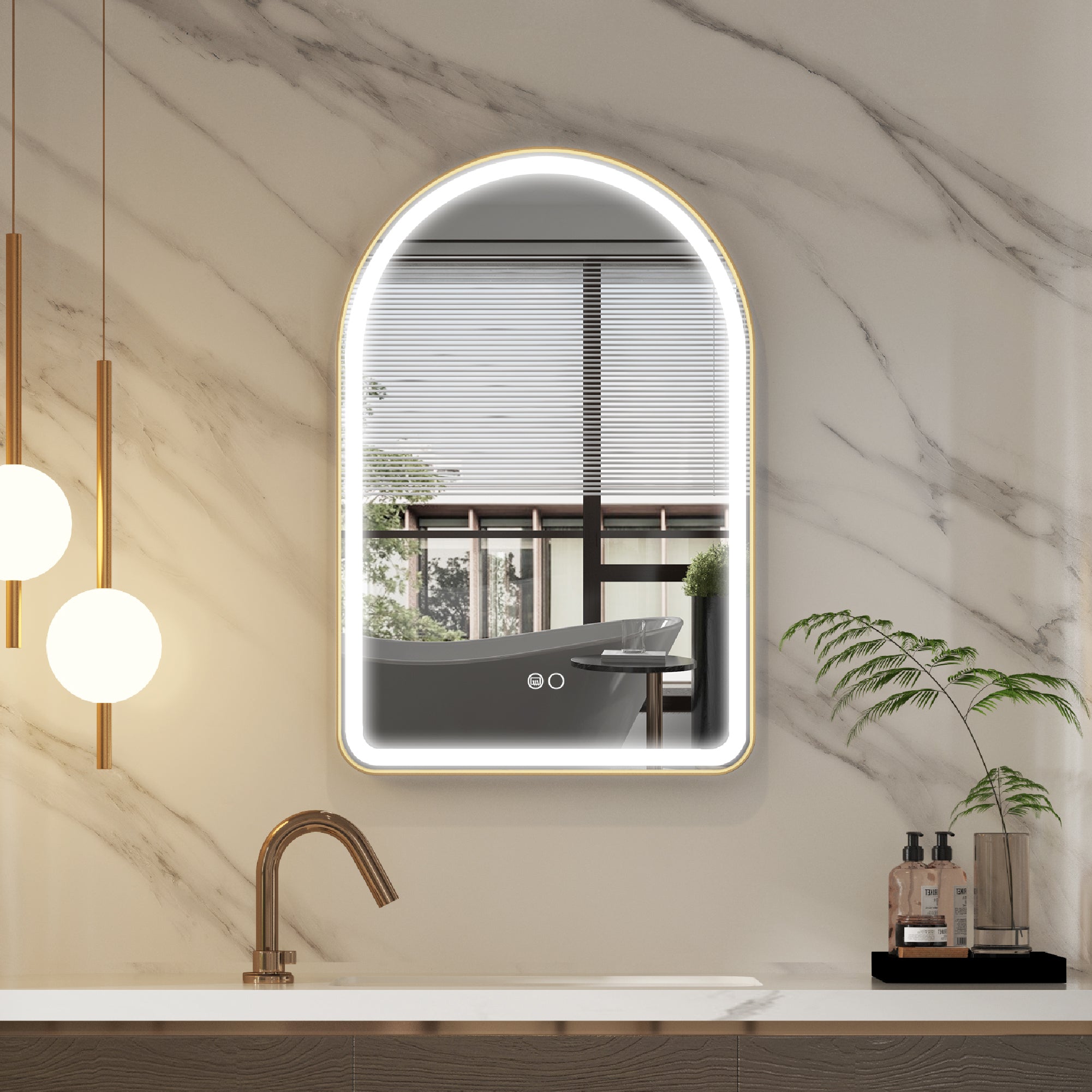
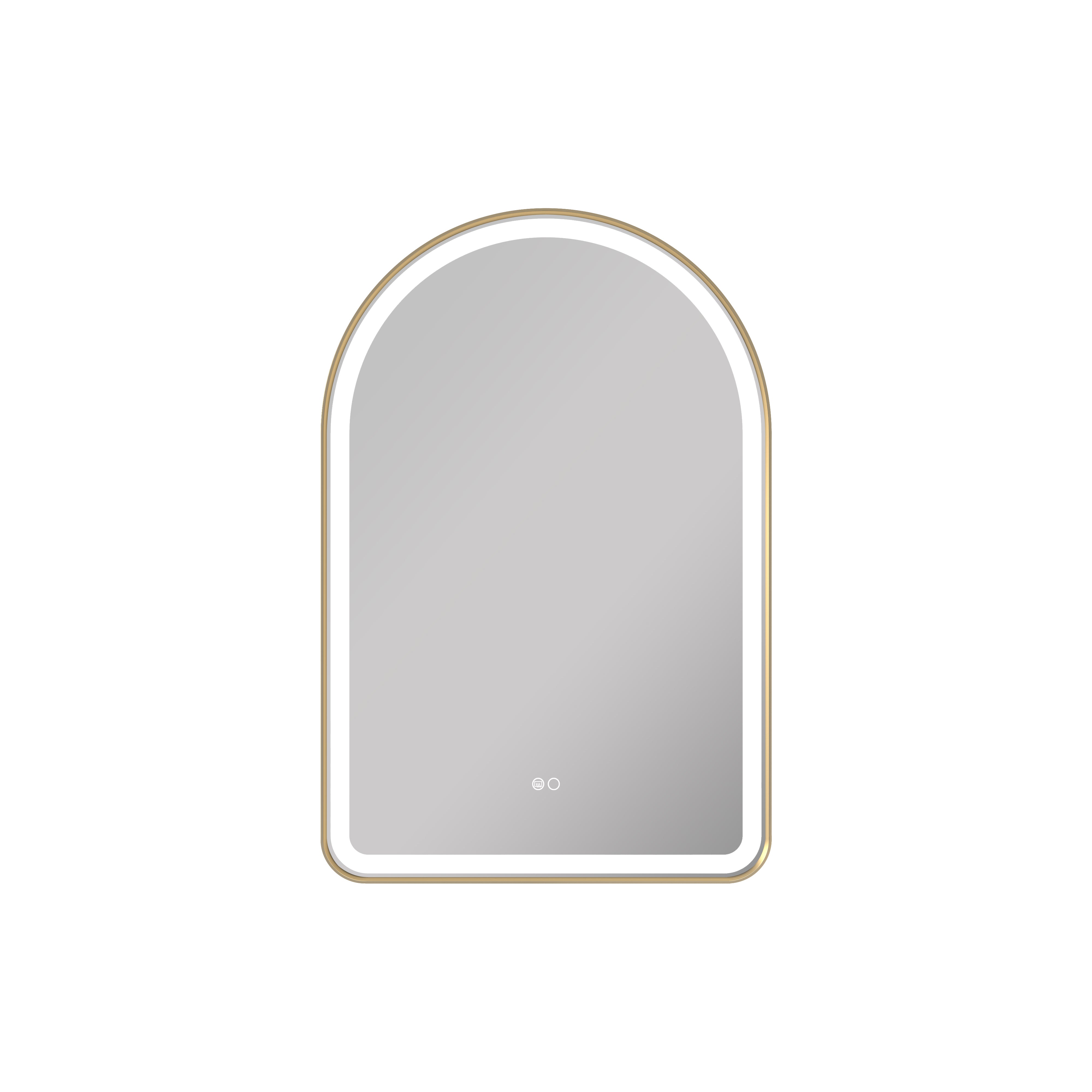
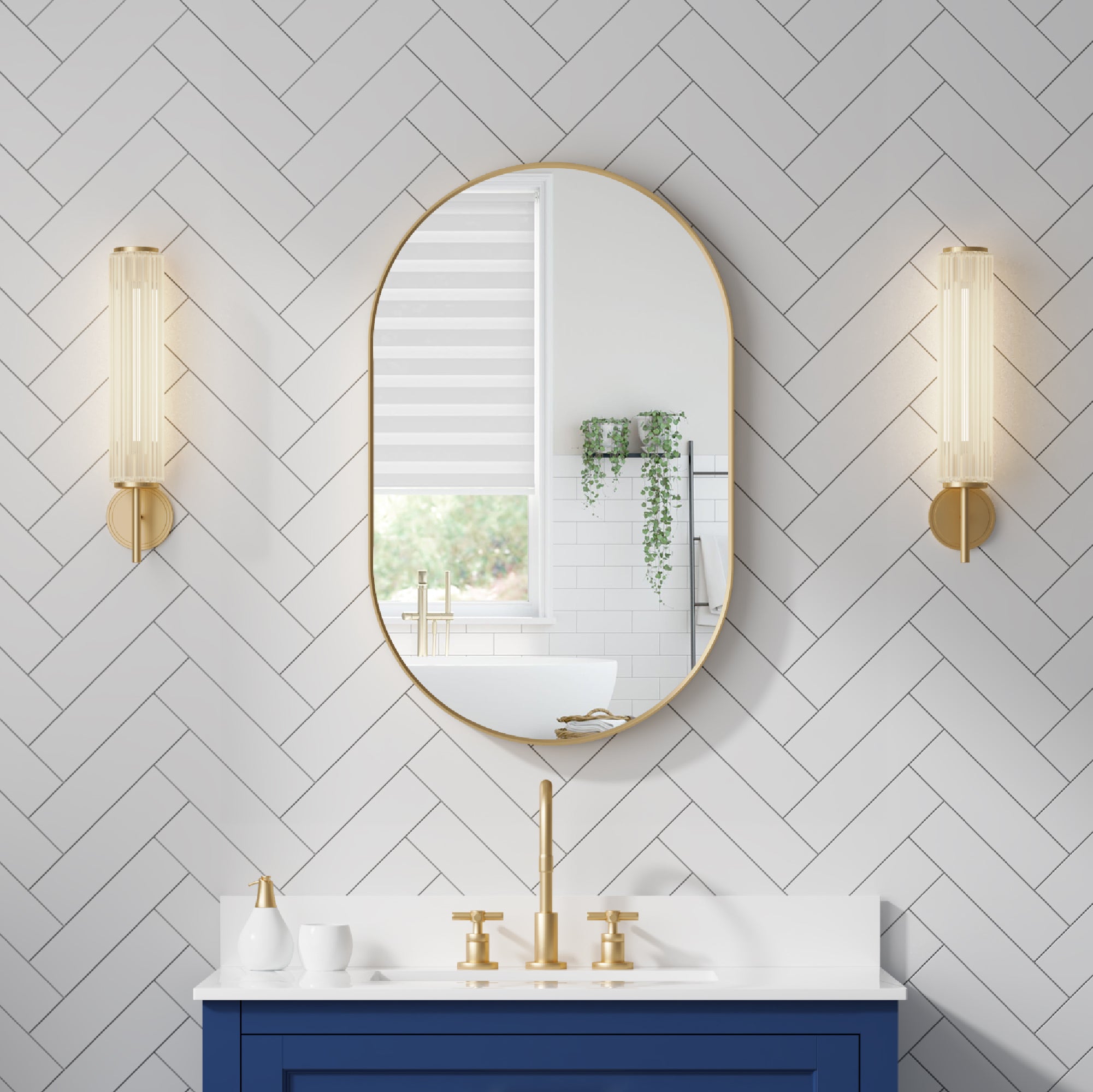
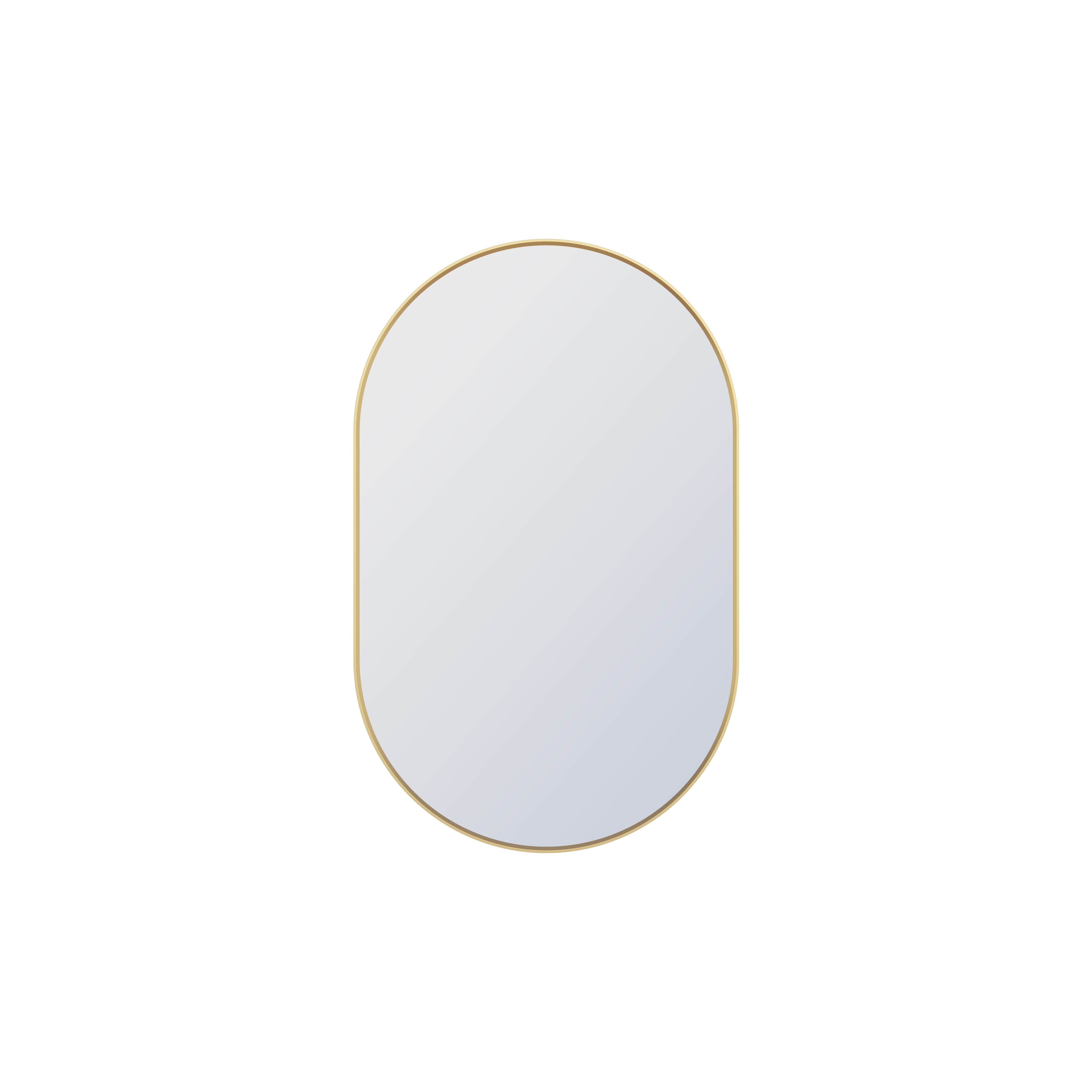
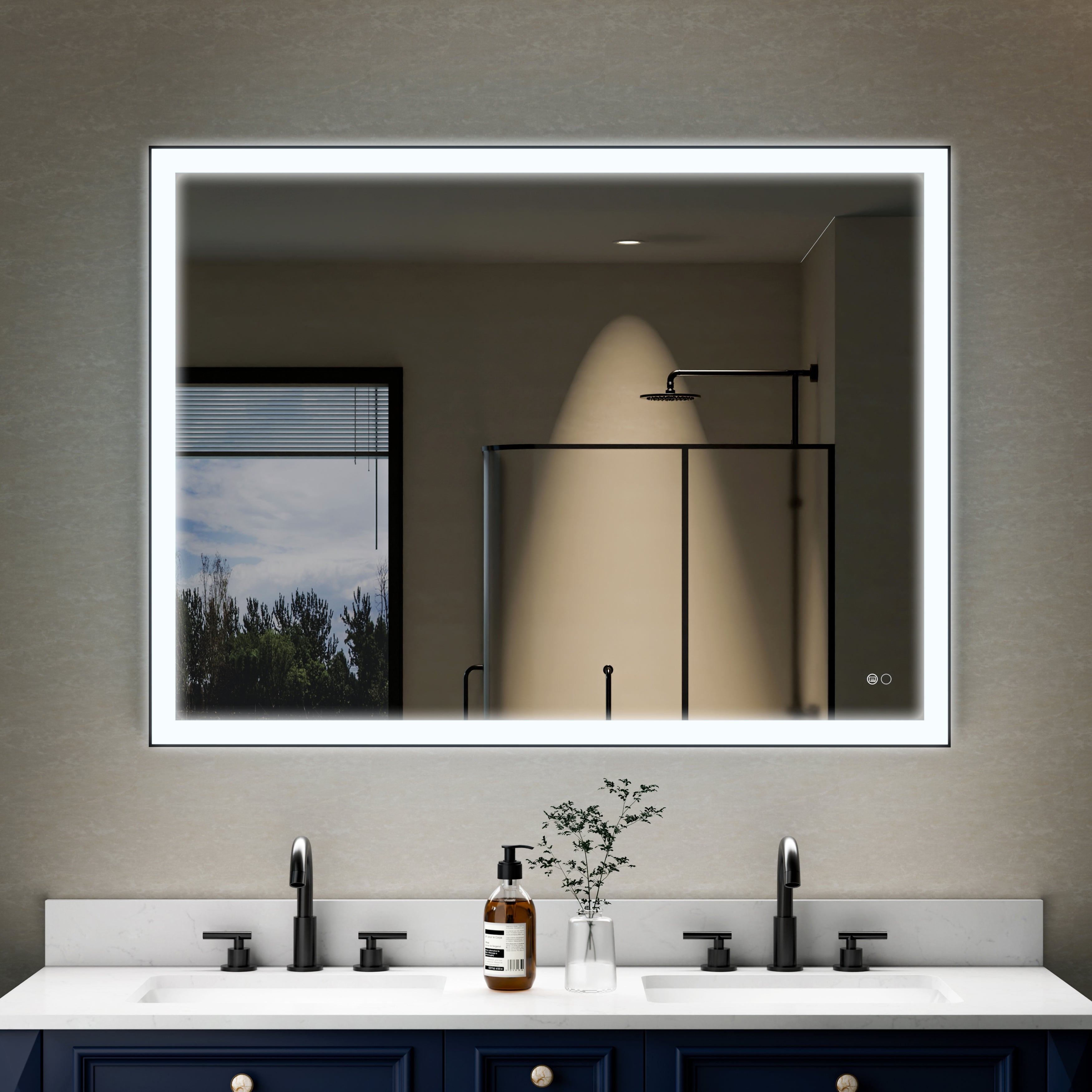
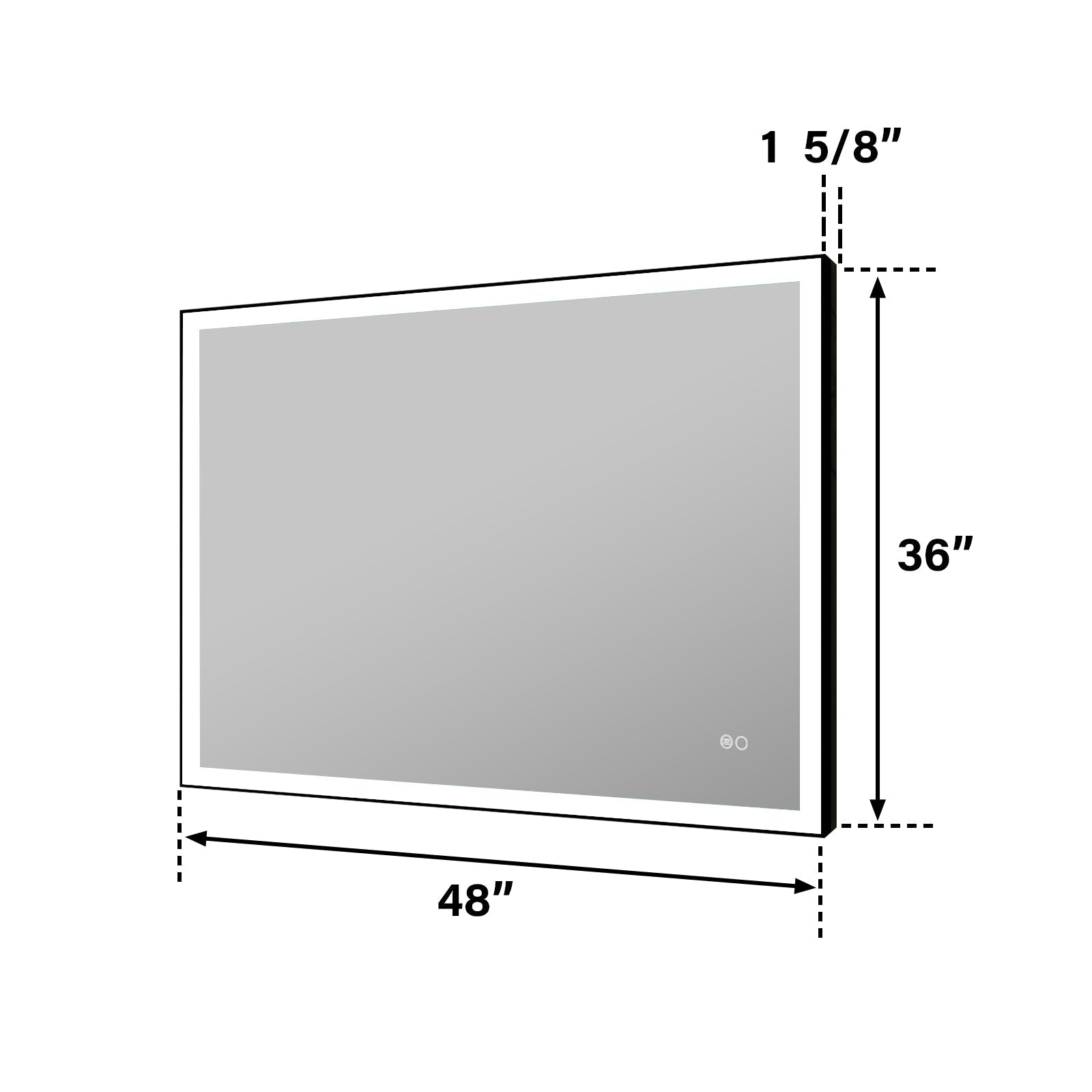
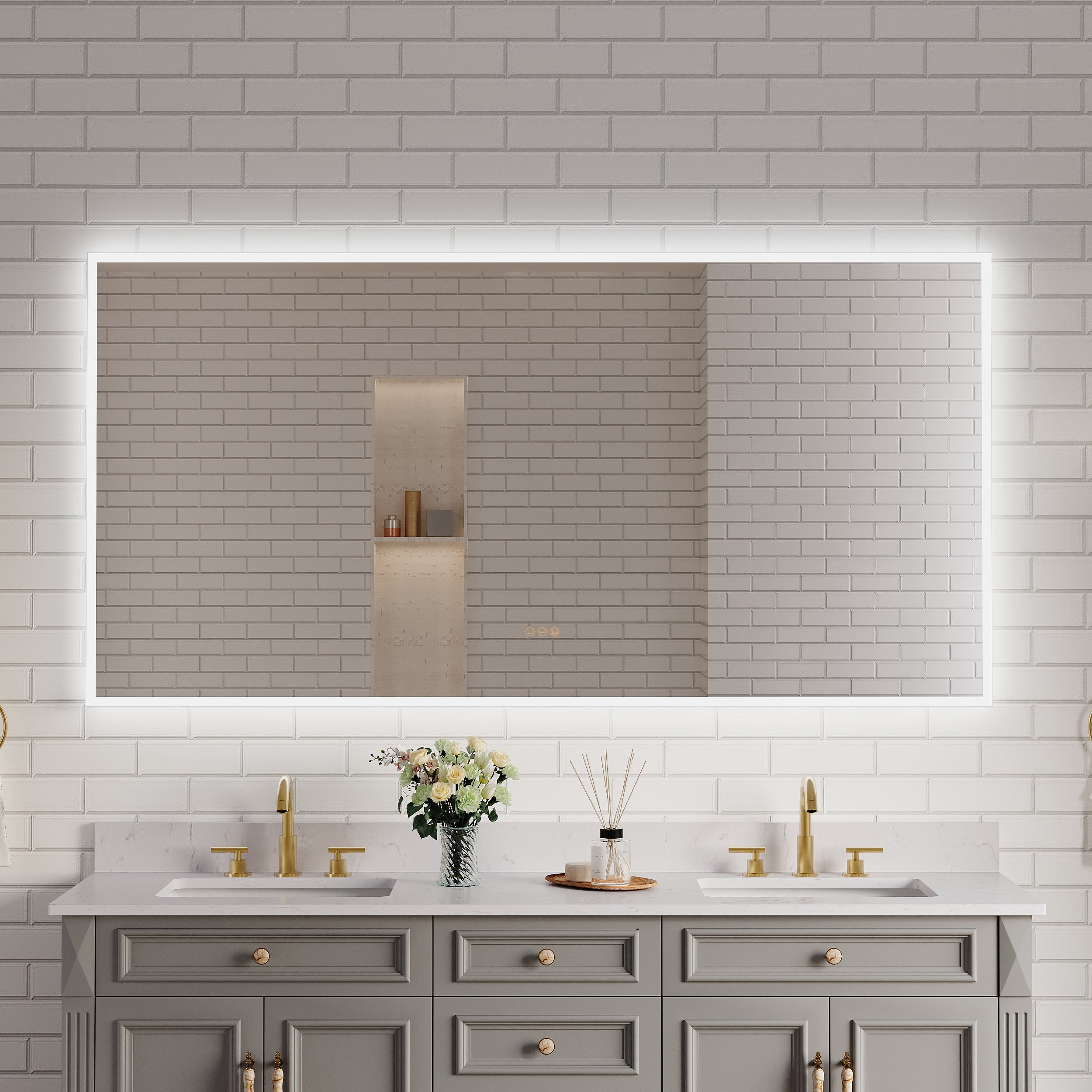

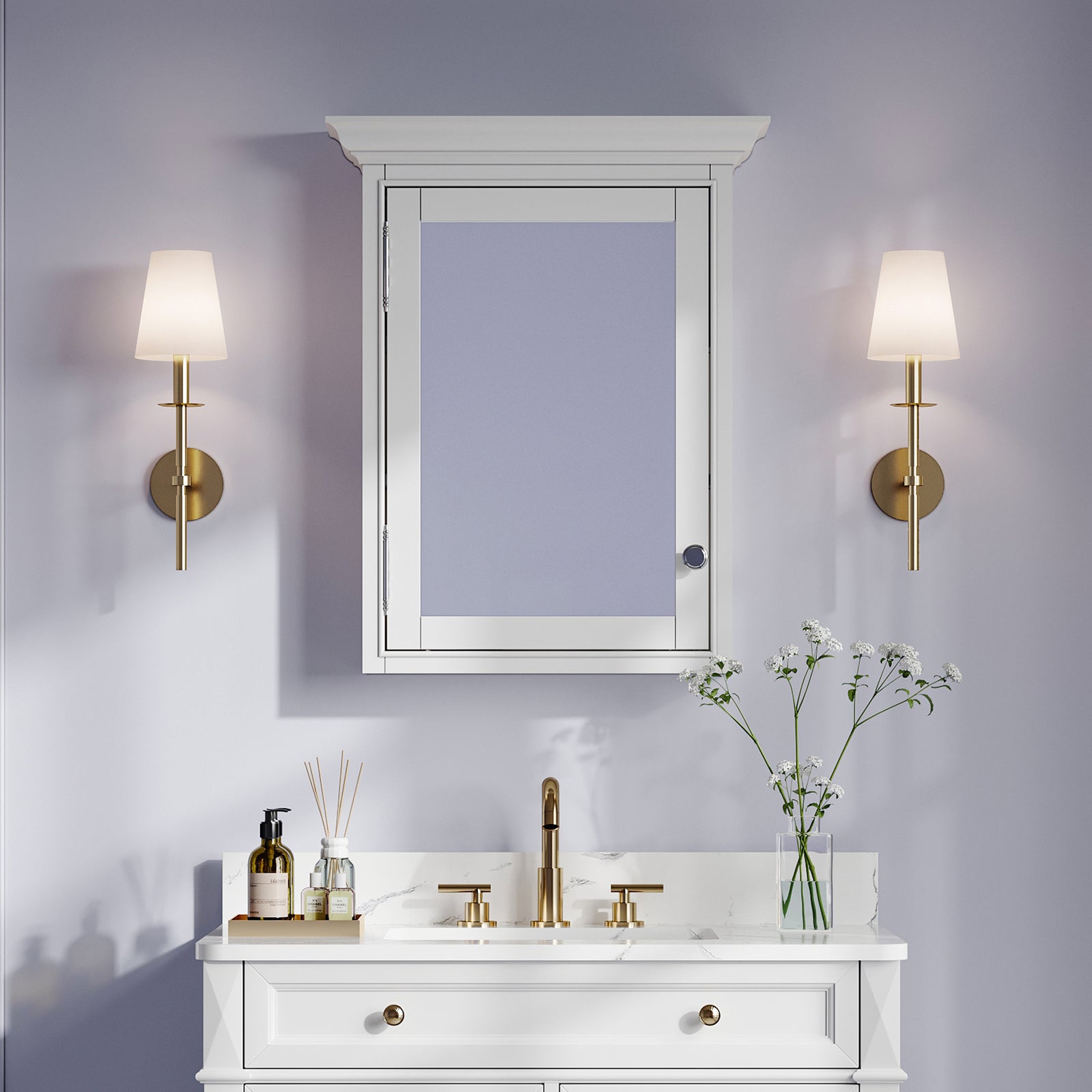
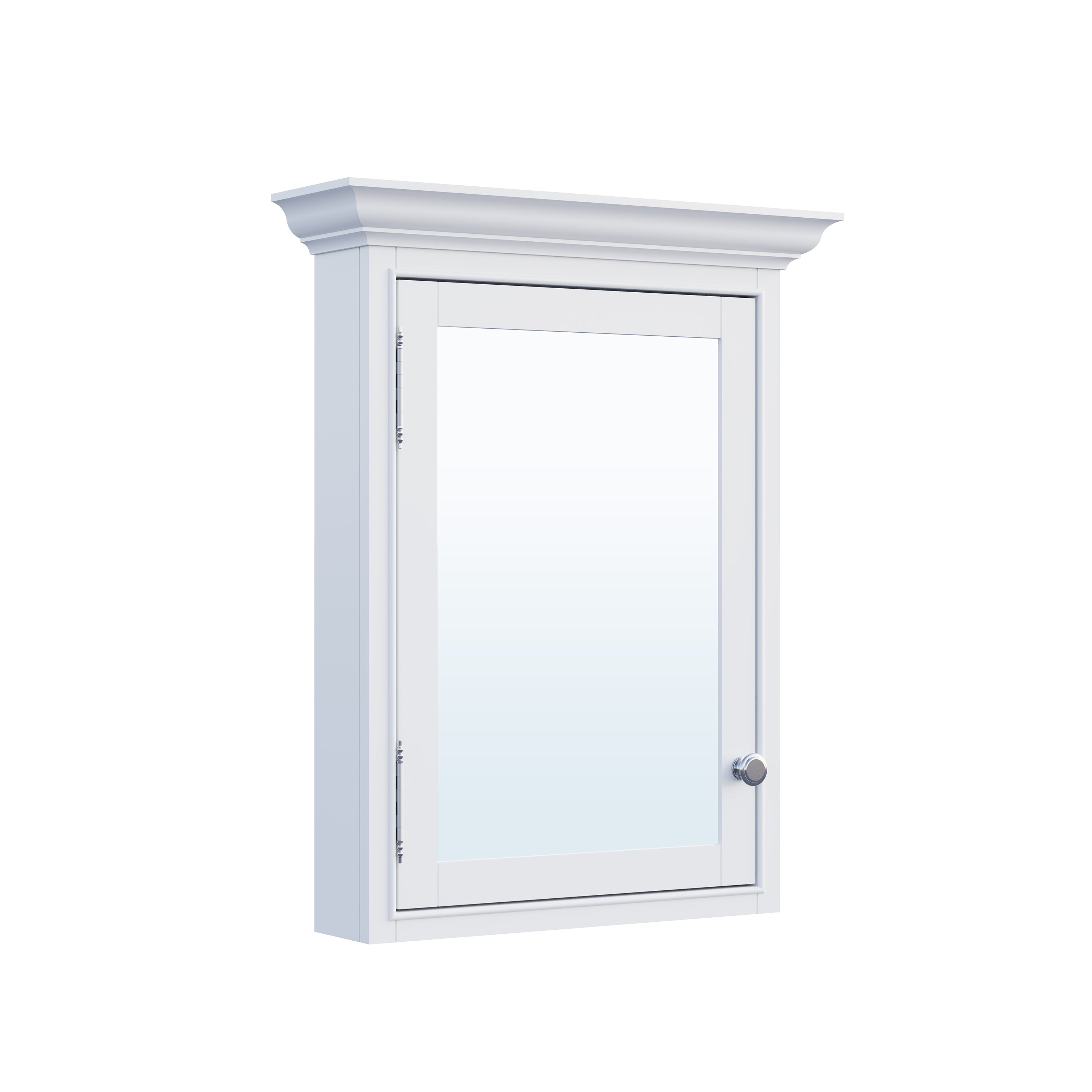
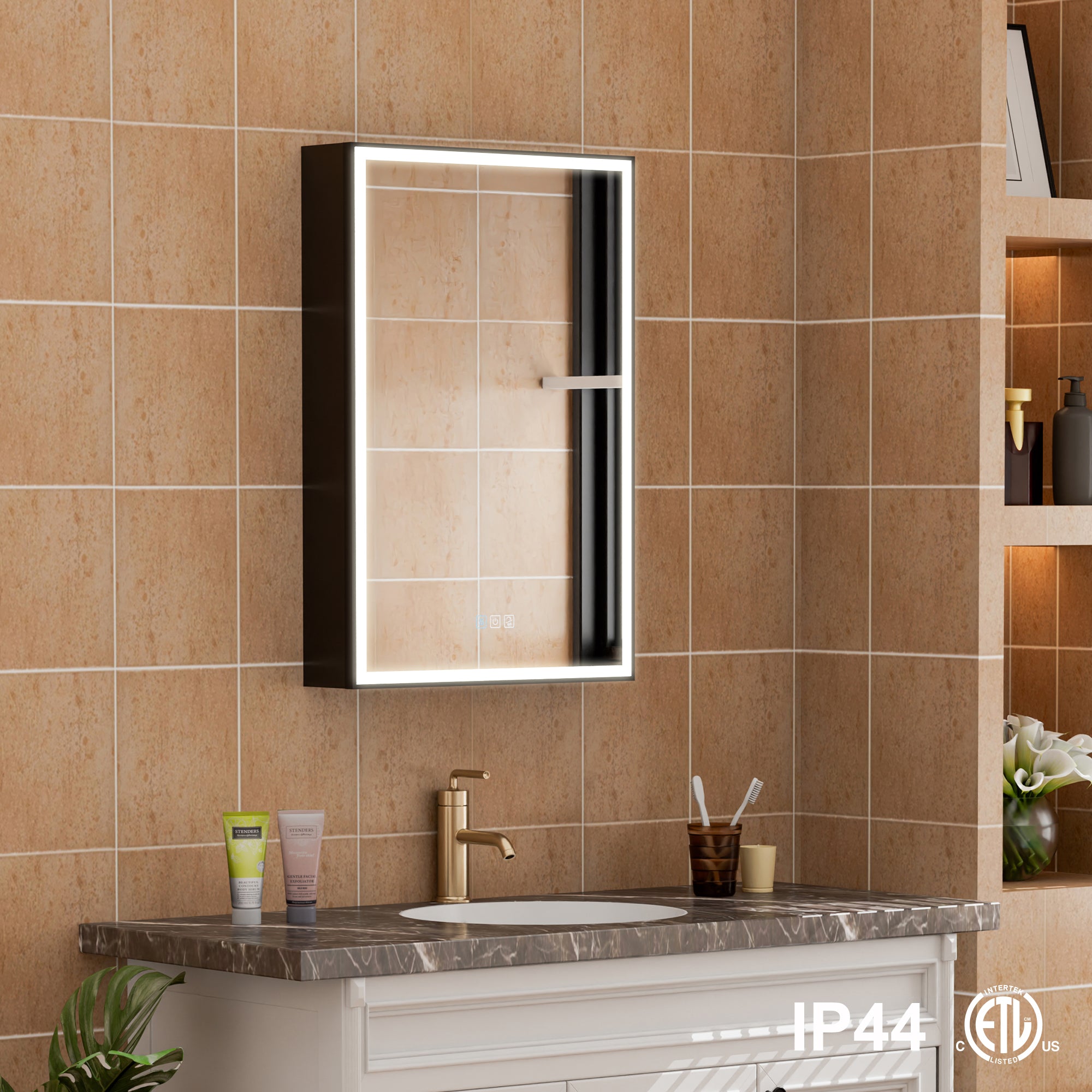

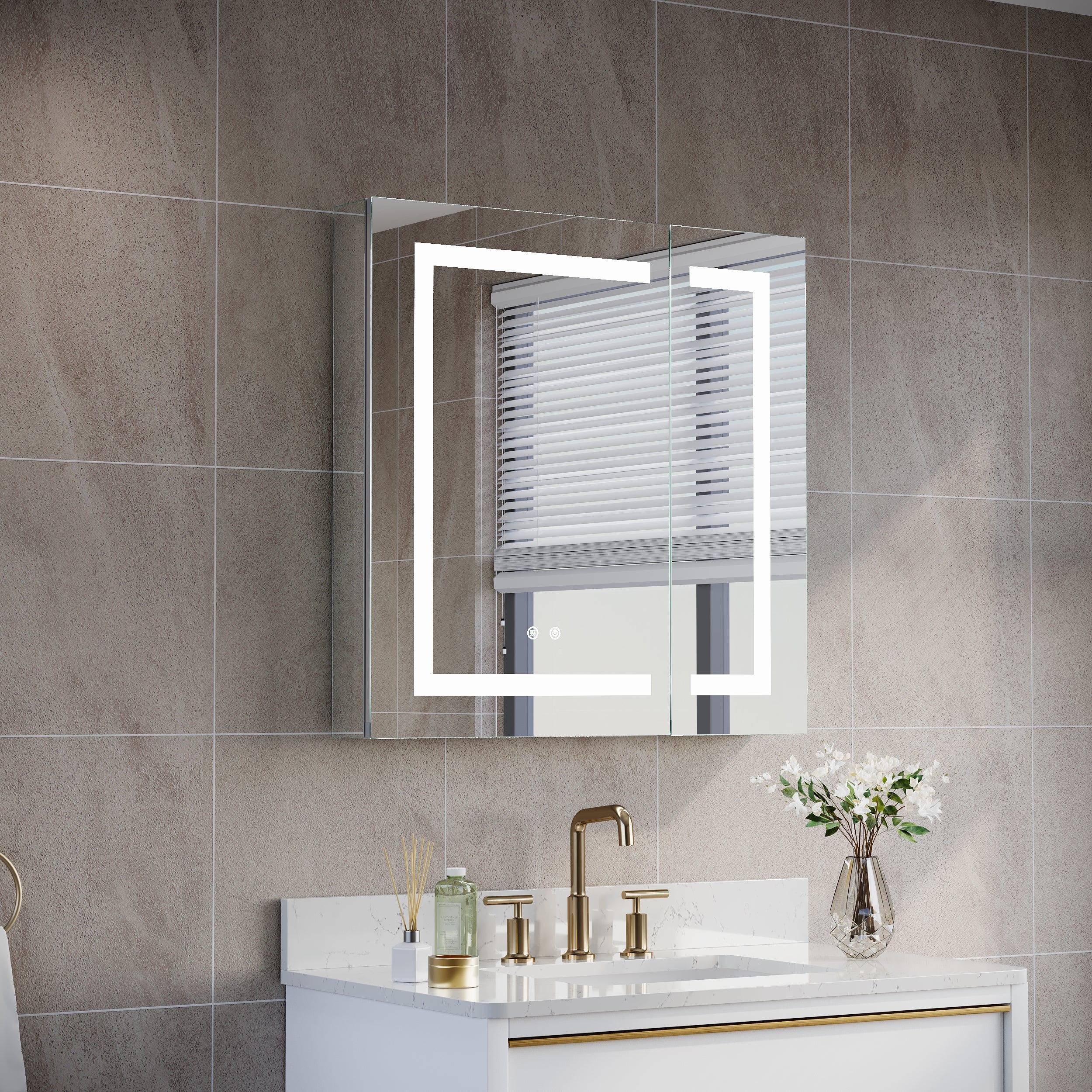
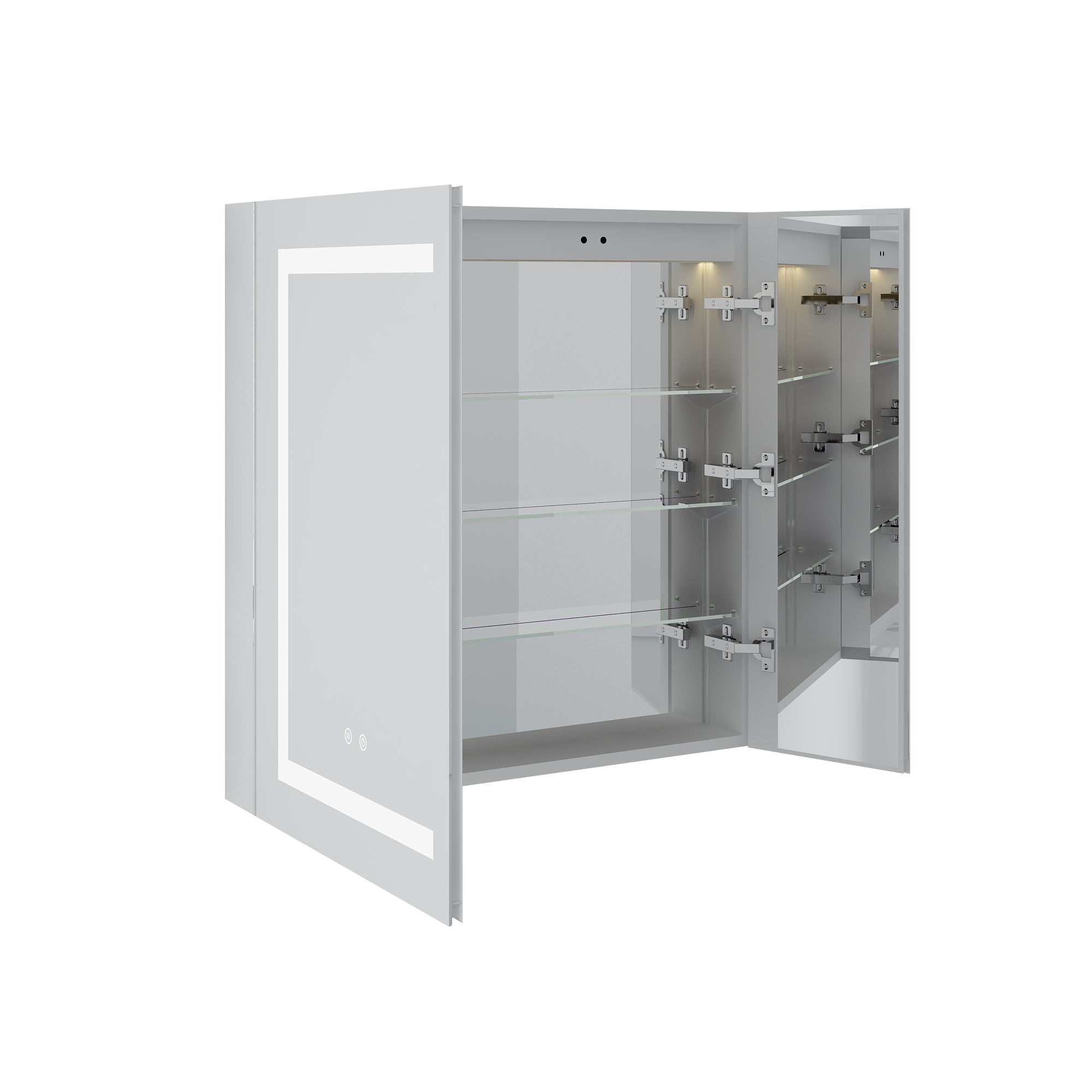


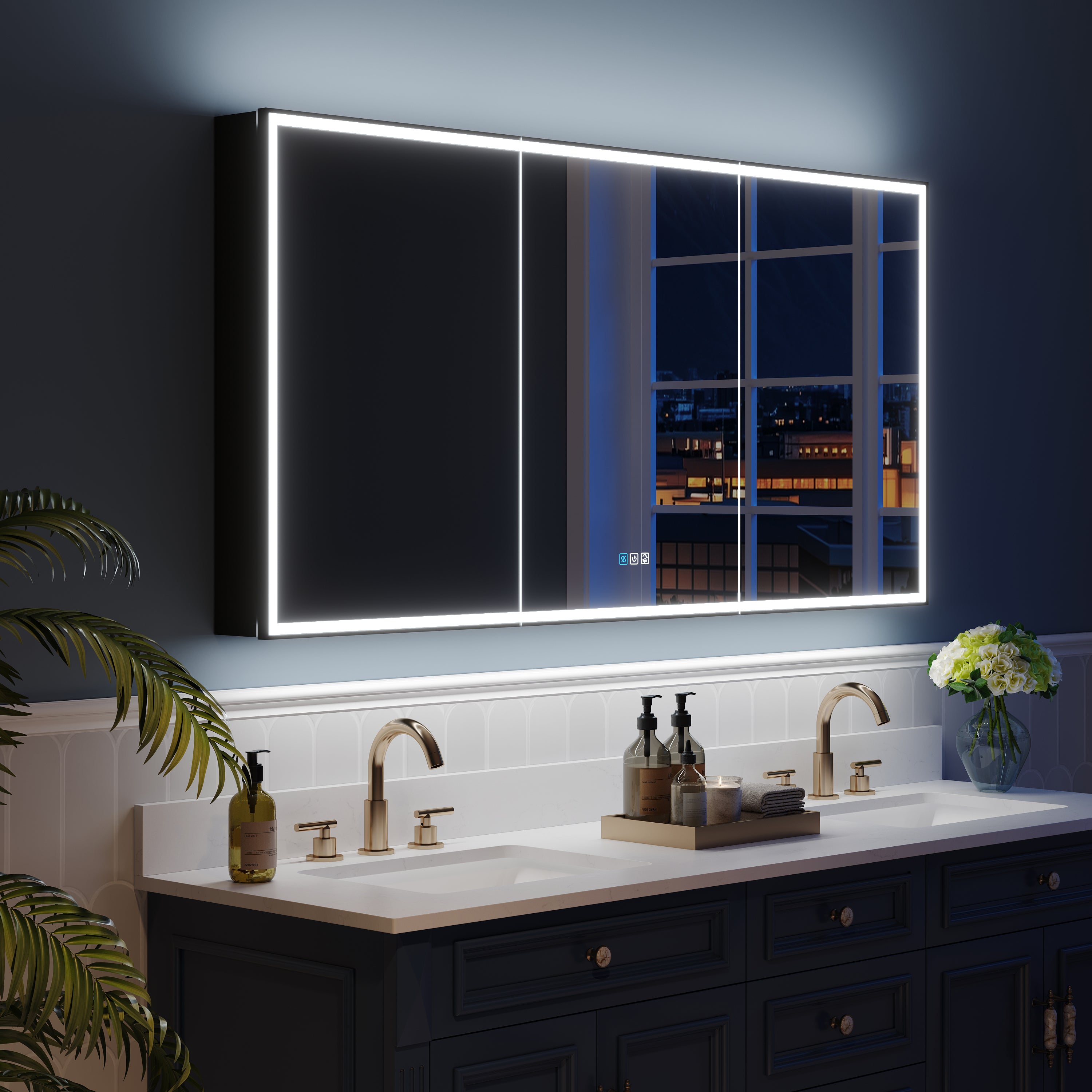
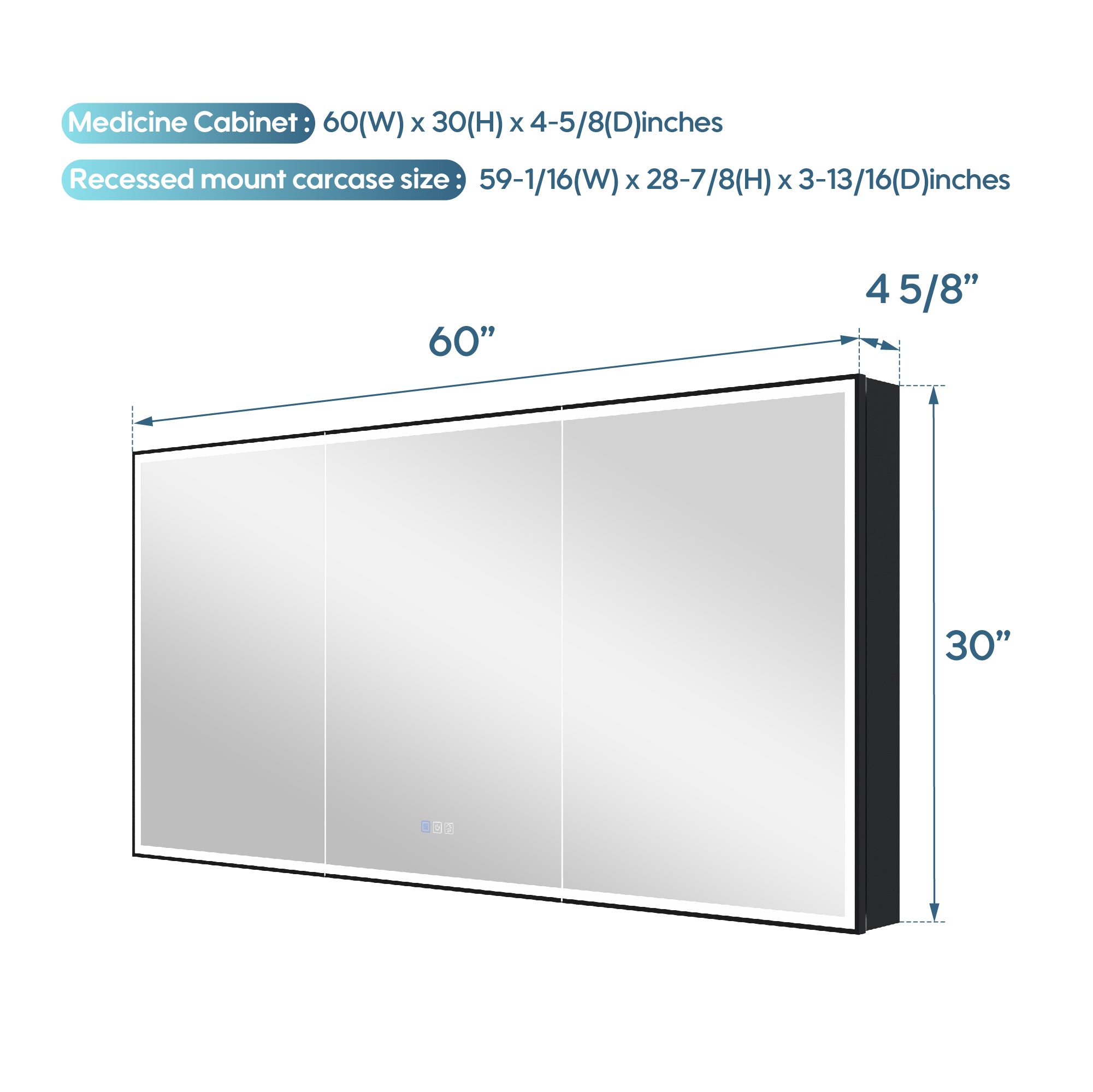
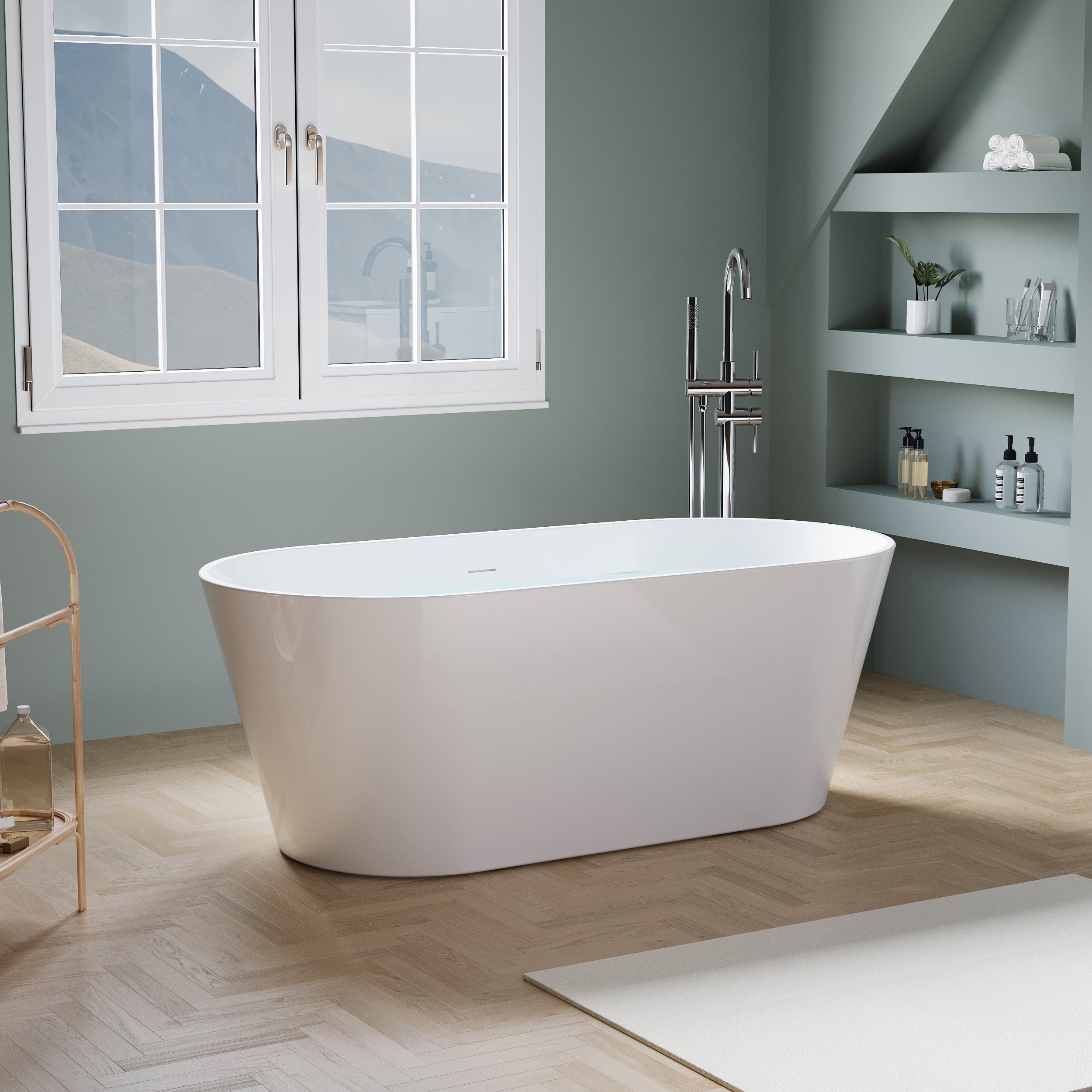






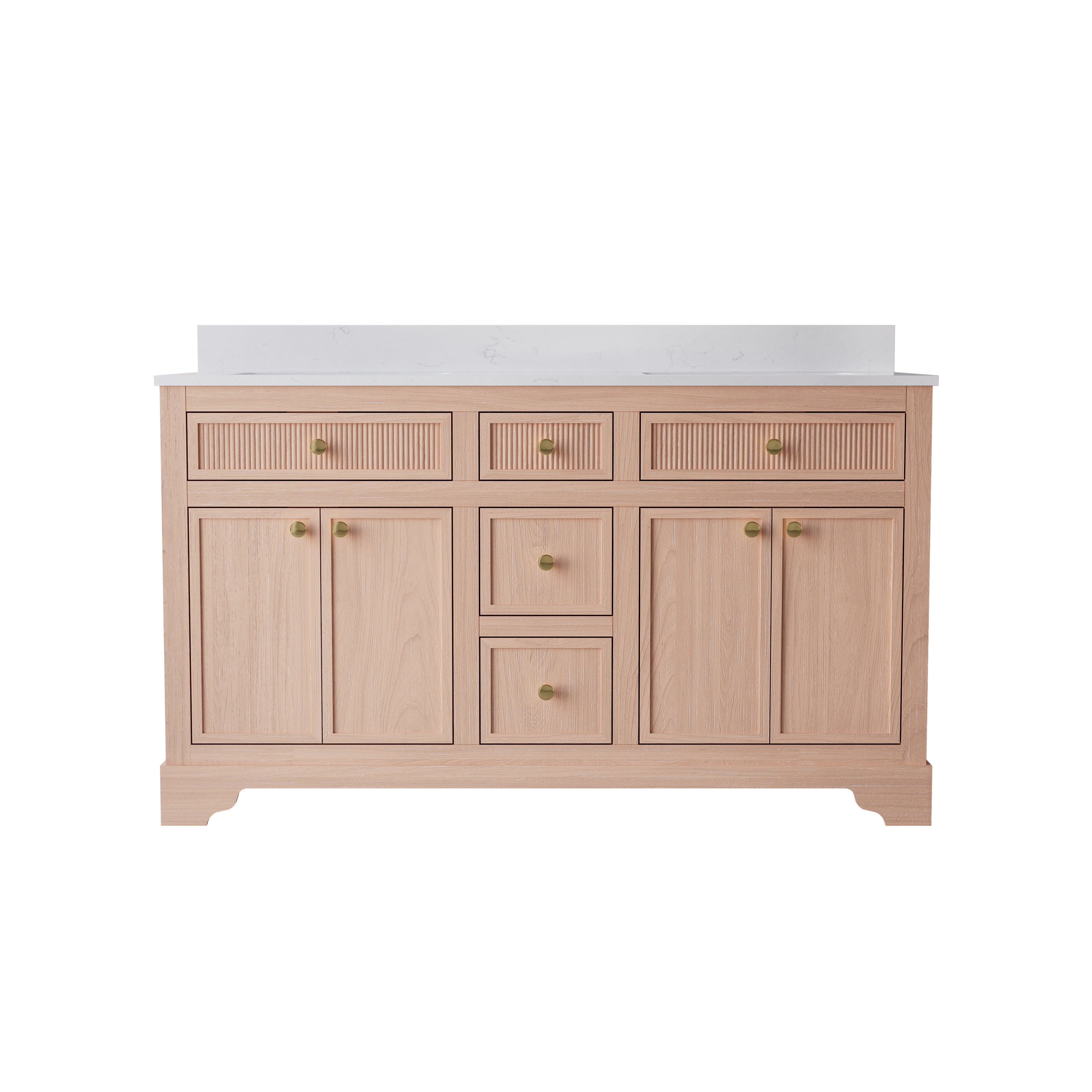
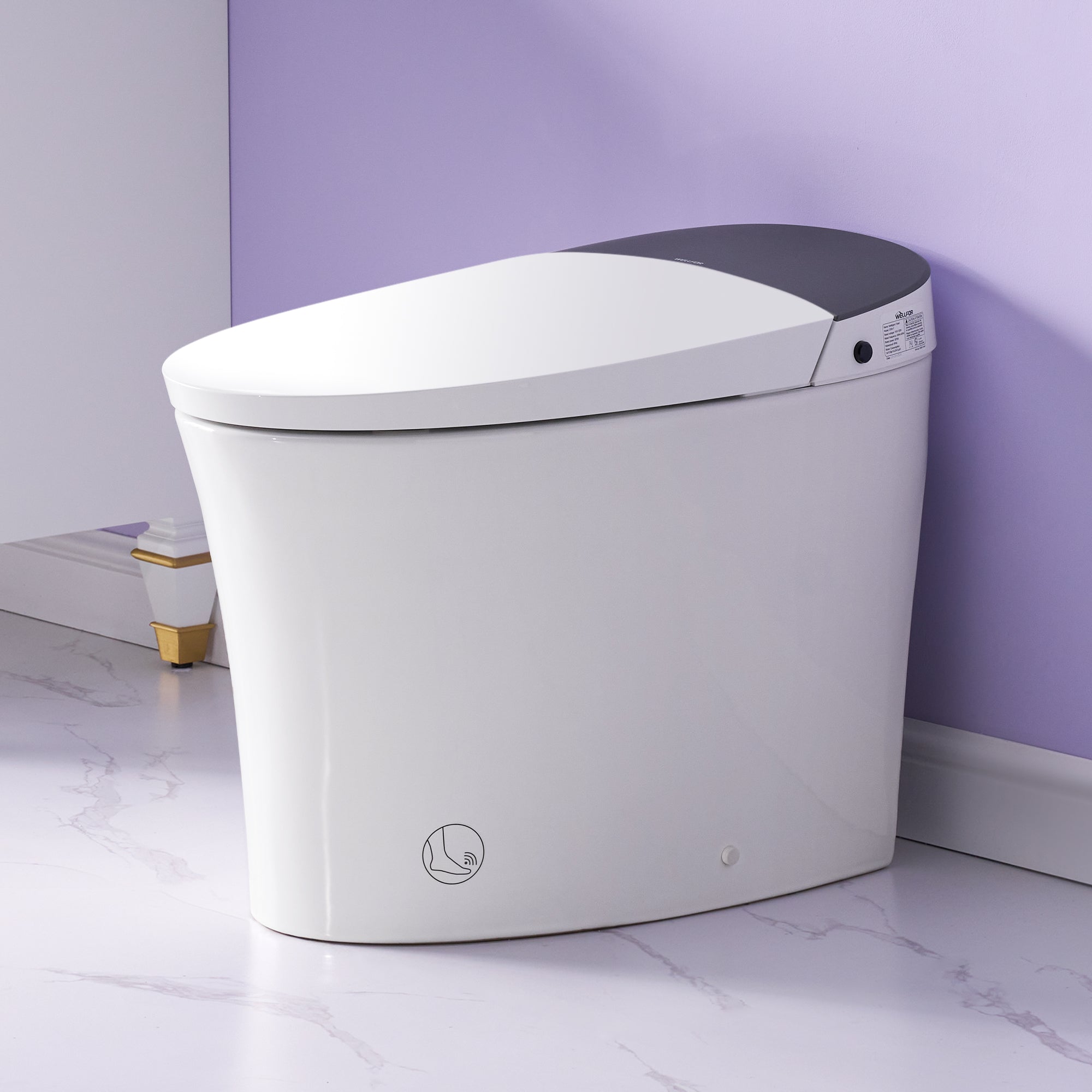
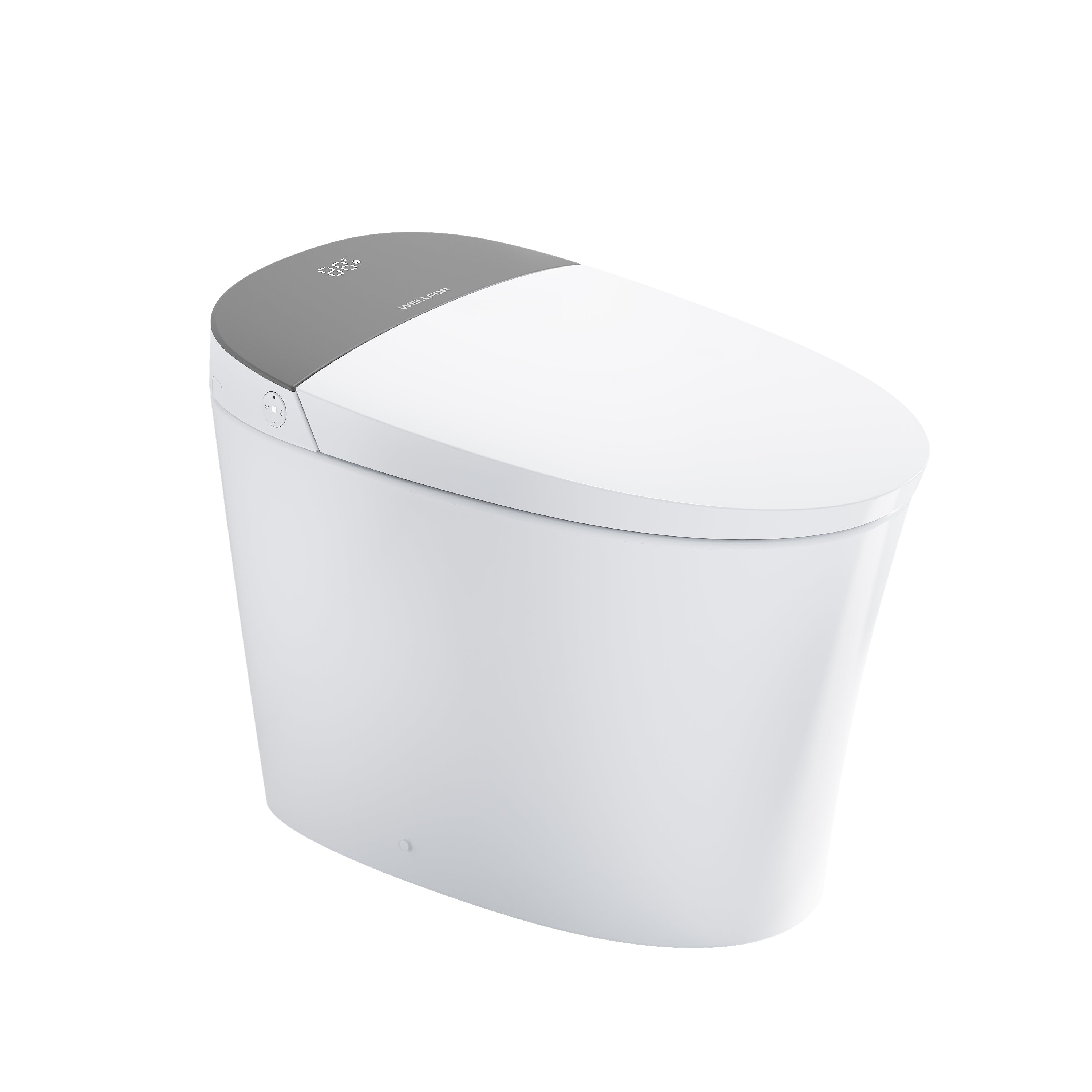
Leave a comment
This site is protected by hCaptcha and the hCaptcha Privacy Policy and Terms of Service apply.